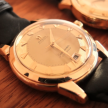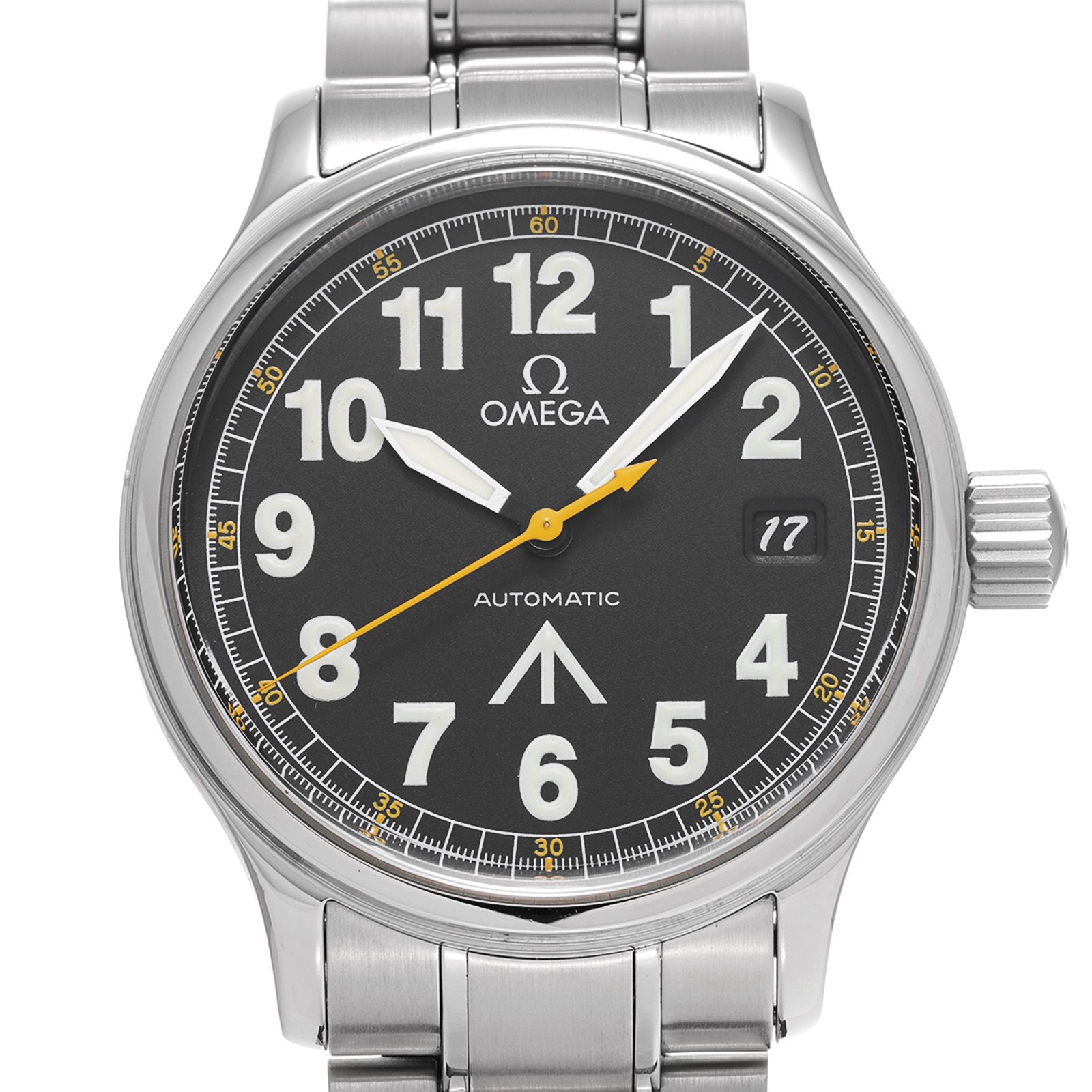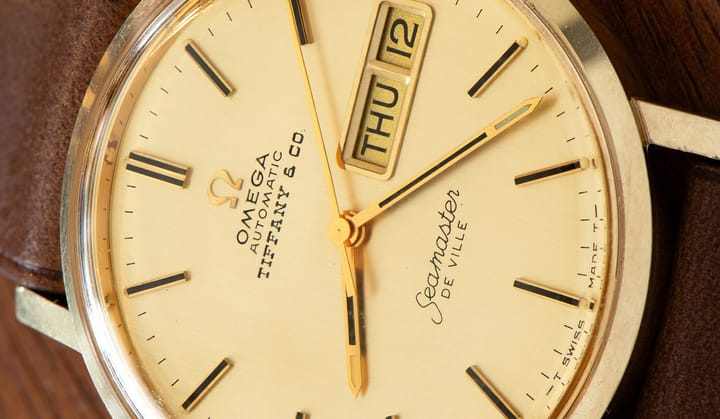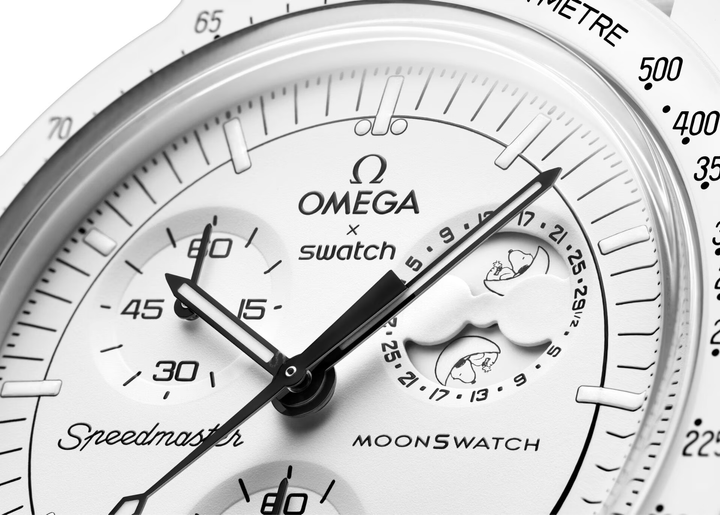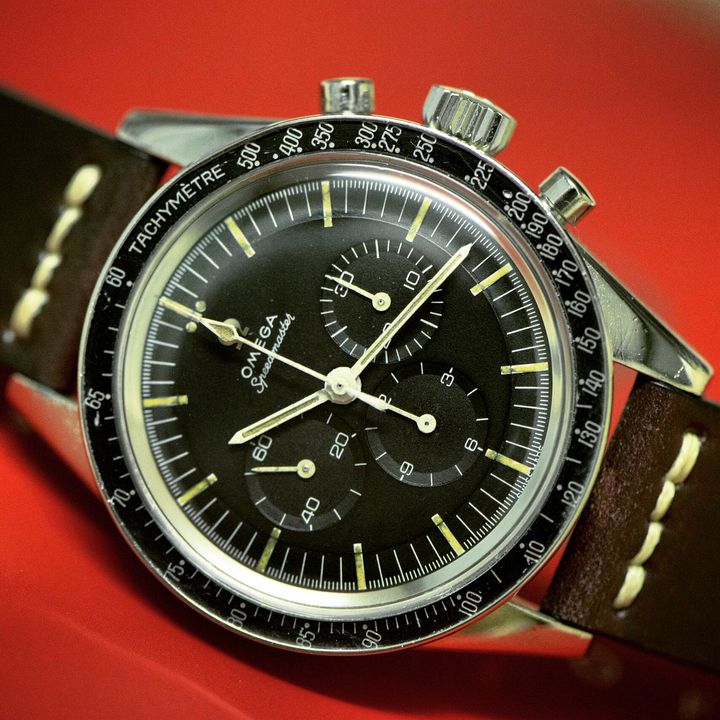How did we get to Dynamic III?
The Dynamic line spawned out of the Omega Geneve line in the 1960s. The earliest versions were originally called the Geneve Dynamic, carrying quite nice Calibre 55x / 56x / 75x movements and fitted with either bracelet or a corfam strap.
This sideways-oblong shaped design was produced for quite a long time, well into the 1970s, before expanding further into the De Ville line with the De Ville Dynamic. These 60s/70s Dynamics are what would eventually be referred to as the "Dynamic I" or first generation.
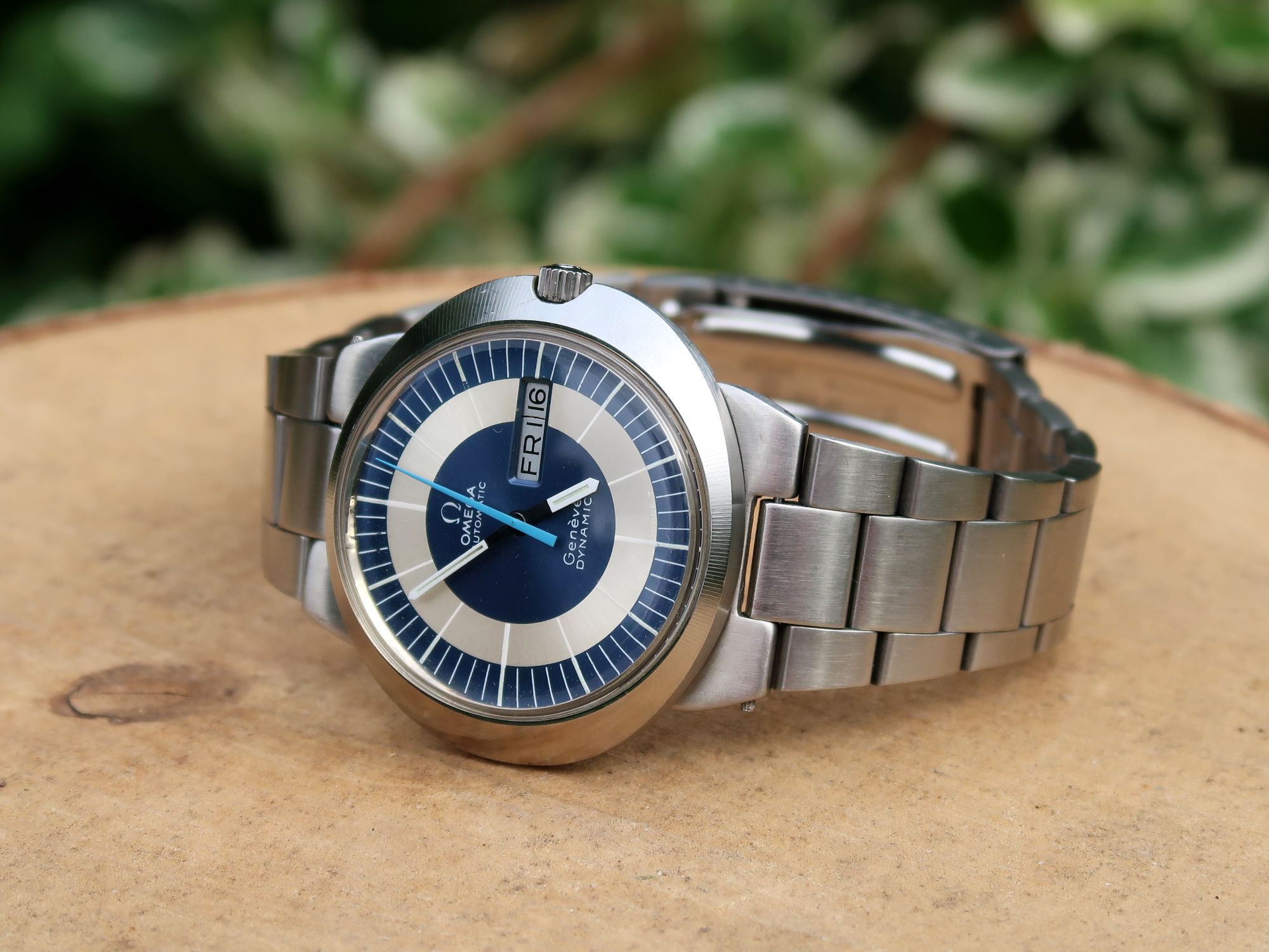
The second generation, or Dynamic II did not come under the Geneve line, nor the De Ville either for that matter. Instead it was a Seamaster, this time powered by a quartz movement and pushed into an even more entry level position. The roughly oblong shaped case remained, although it grew scales or ridges around it, and was available on rubber strap or steel bracelet. Being a product of the early 1980s, these Dynamic II models were somewhat forgotten and didn't make that much of an impact on Omega customers.
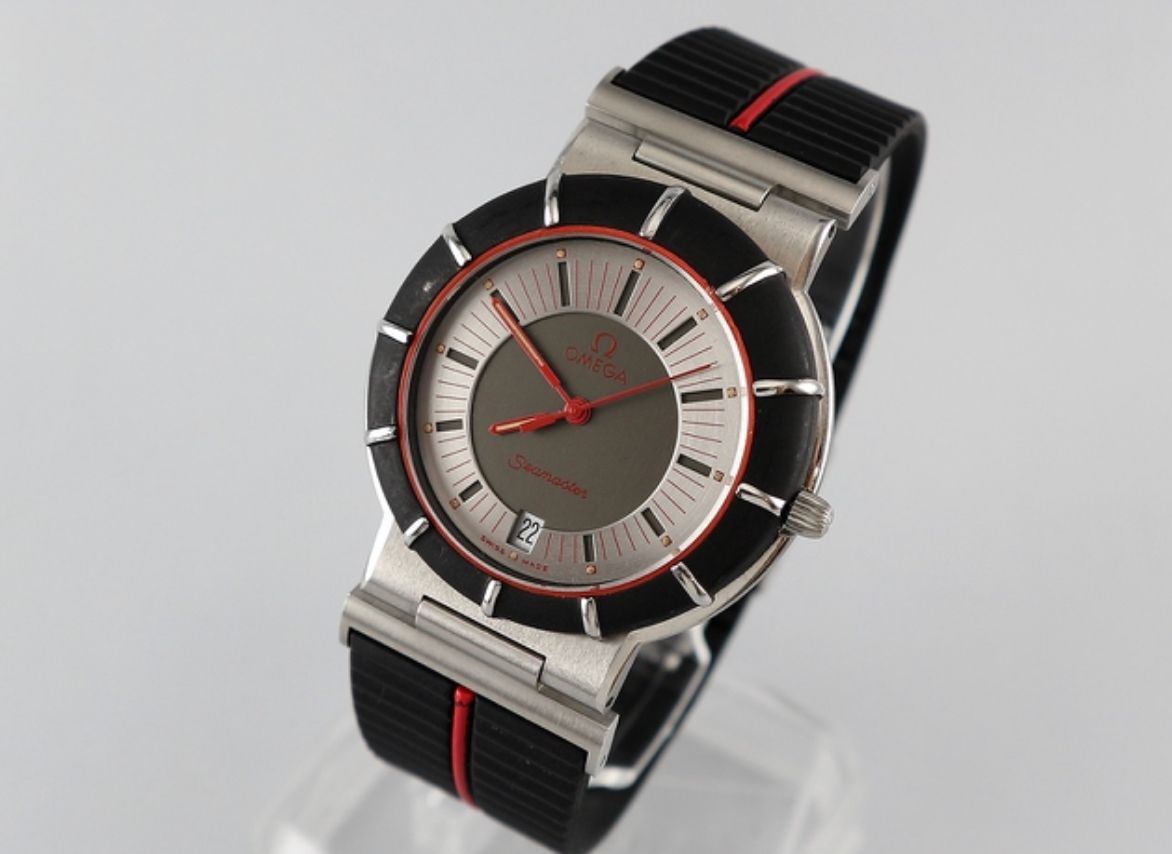
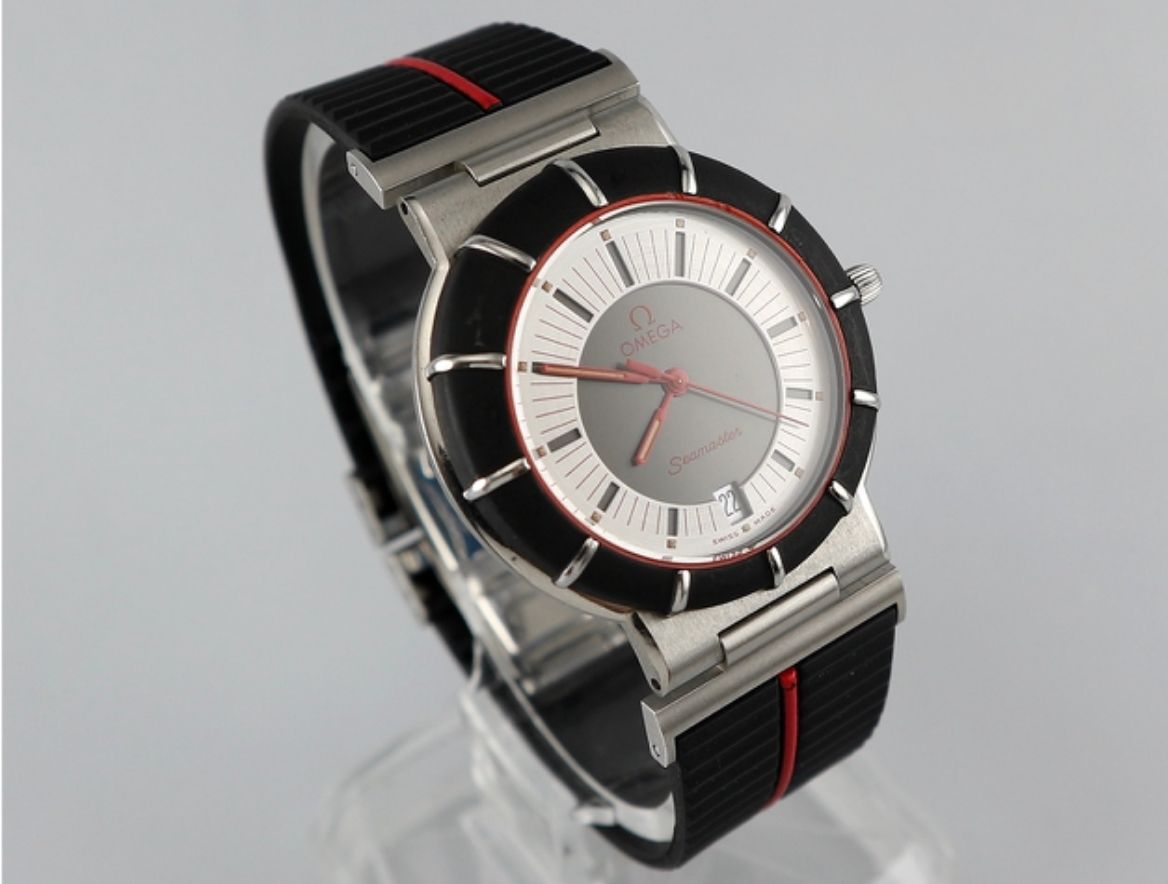
This brings us to the subject of this article, the Dynamic III. By 1995 when this model was released, Omega well and truly turned its fortunes around. The Seamaster Pro, De Ville Prestige and Constellation lines had been re-invigorated with quality automatic movements, and the Dynamic III would be no different.
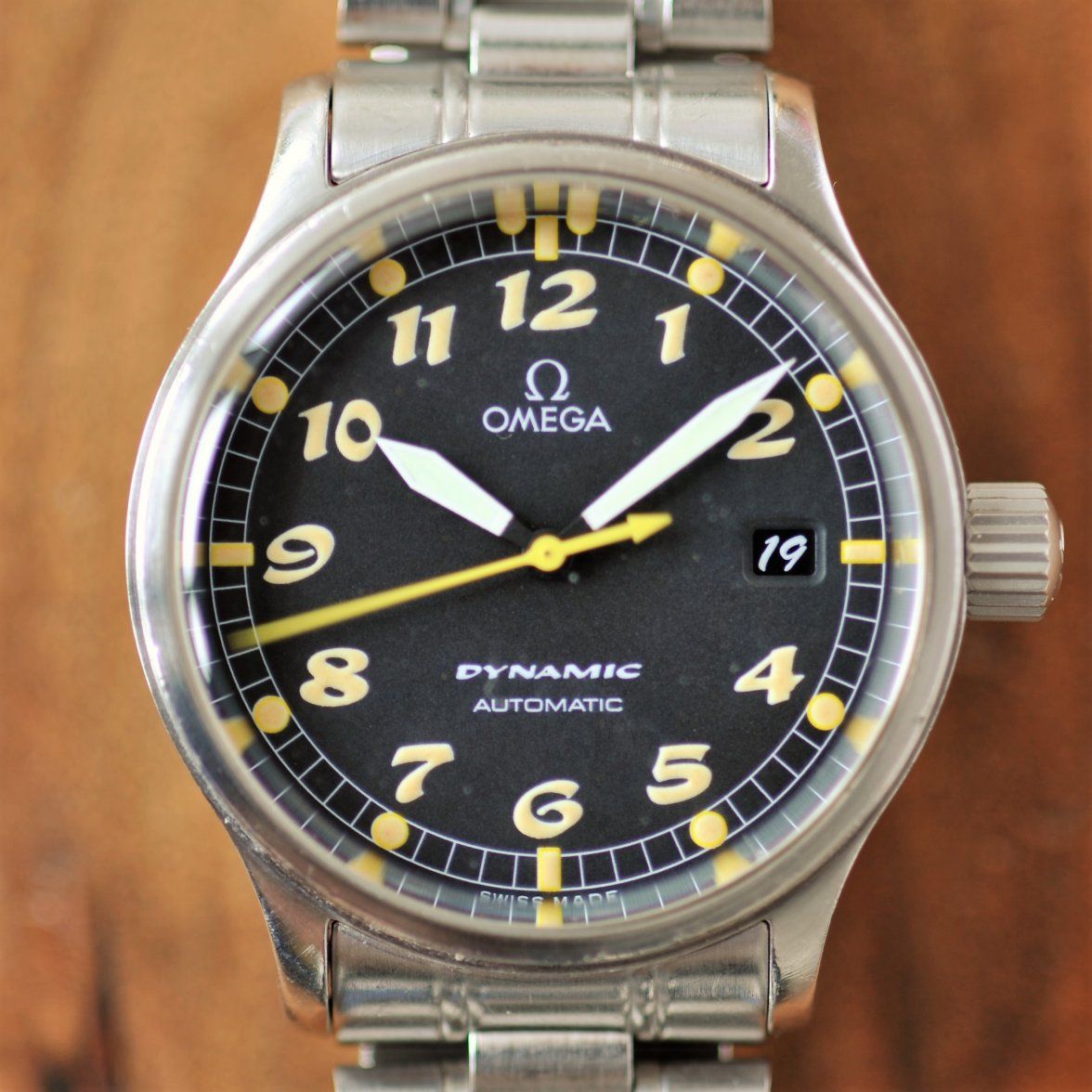
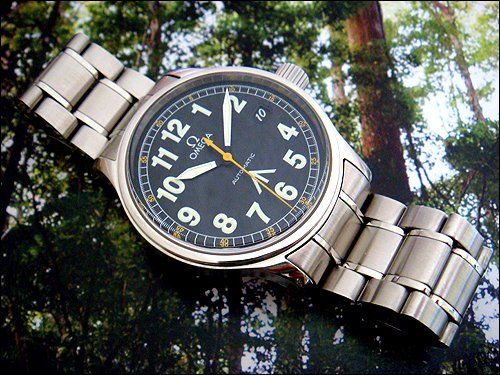
Equipped with a Calibre 1108 automatic movement, an excellent bracelet derived from the Speedmaster, and a simple but durable 36mm case, the Dynamic III was an entry level mid-sized Omega filling a similar role to the Omega Ranchero or Rolex Explorer. Decades later, these watches have held up exceptionally well and represent one of the best entry points for women, young men, and those with smaller wrist, at a quite reasonable price for the quality.
Case & Bracelet
The case on the Dynamic III is nothing if not simple.
Inspired by historical models like the Ranchero, this Omega does away with Omega's more traditional twisted lugs in favor of flat ones that curve downward at the ends. It has a thin, non-rotating, un-marked bezel which sits flush with the side of the case and allows for a quite large dial, resulting in a watch that wears larger than its size would imply.
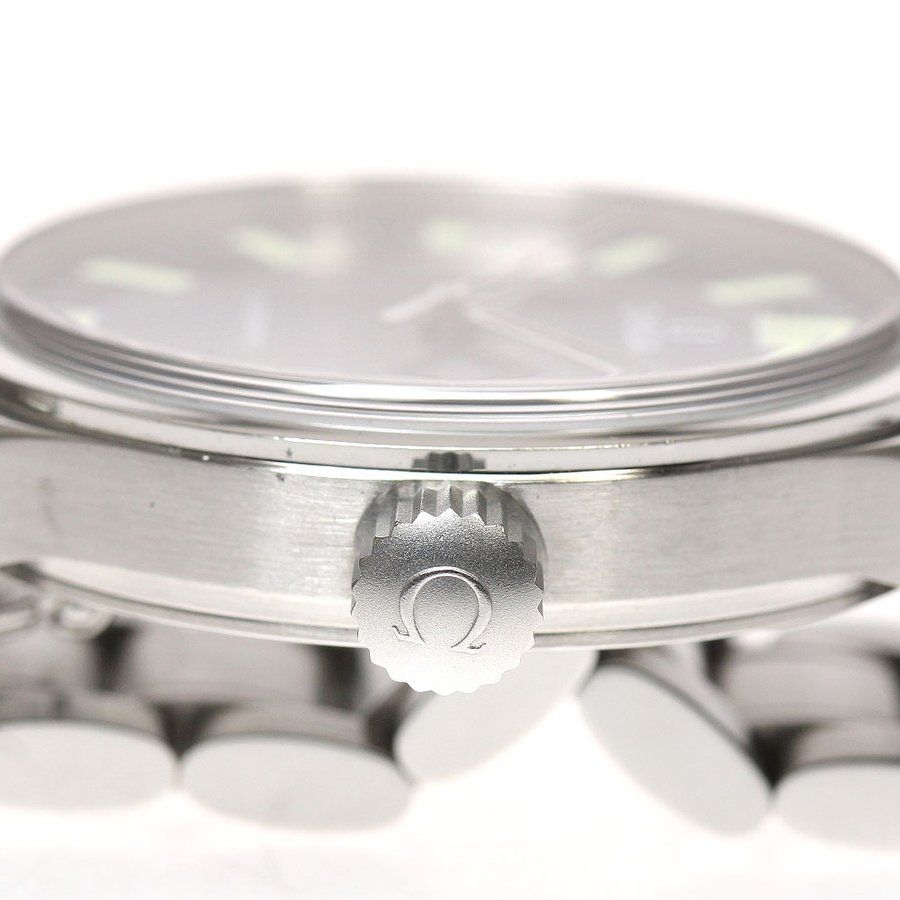
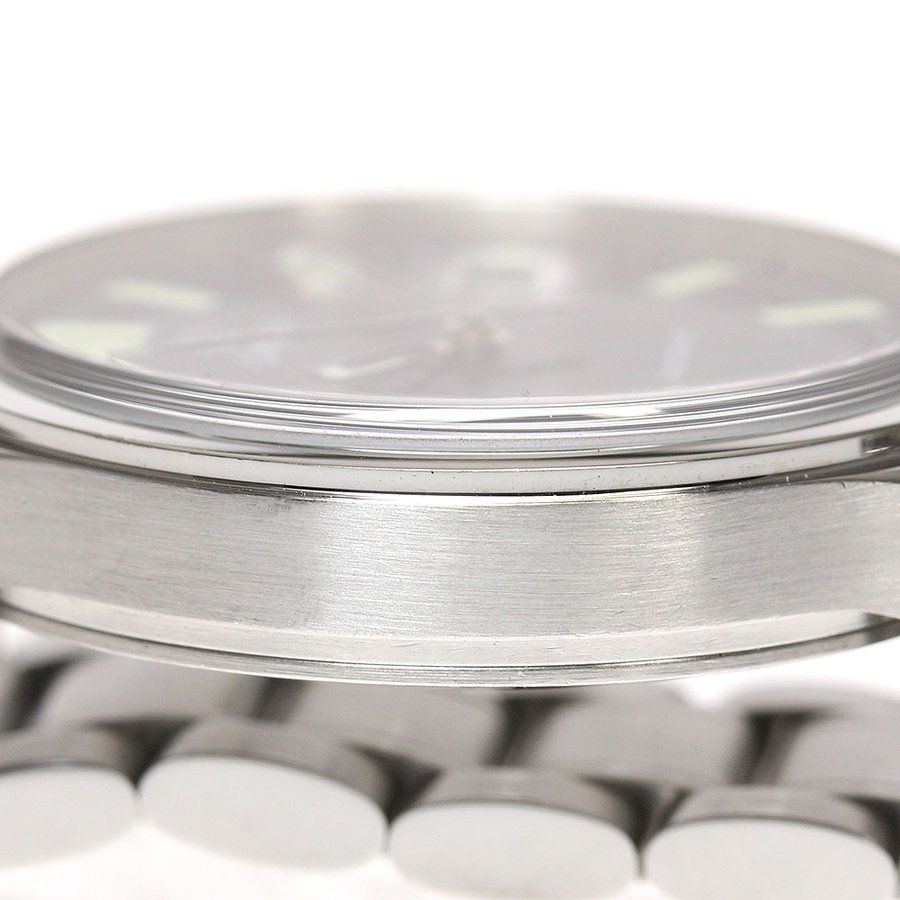
The watch case itself is 36mm, about the same as a vintage Ranchero and on par with the Seamaster 120M series of the 1990s. Thanks to the thin movement, the watch is only 9.5mm thick while still maintaining 50M of water resistance. There is an abnormally large crown which stands out a little but certainly makes for easy setting with its lack of crown-guards and nicely knurled surface.
Finishing on the case is very simple, with the front of the case, including the bezel and lugs polished on the later Japanese models and satin finished on the Broad Arrow and standard version. The sides and back are all satin finished. The case-back is very simple with a circle engraved in the center containing the Omega logo and nothing else on most models, although the Broad Arrow LE has a different case-back design entirely.
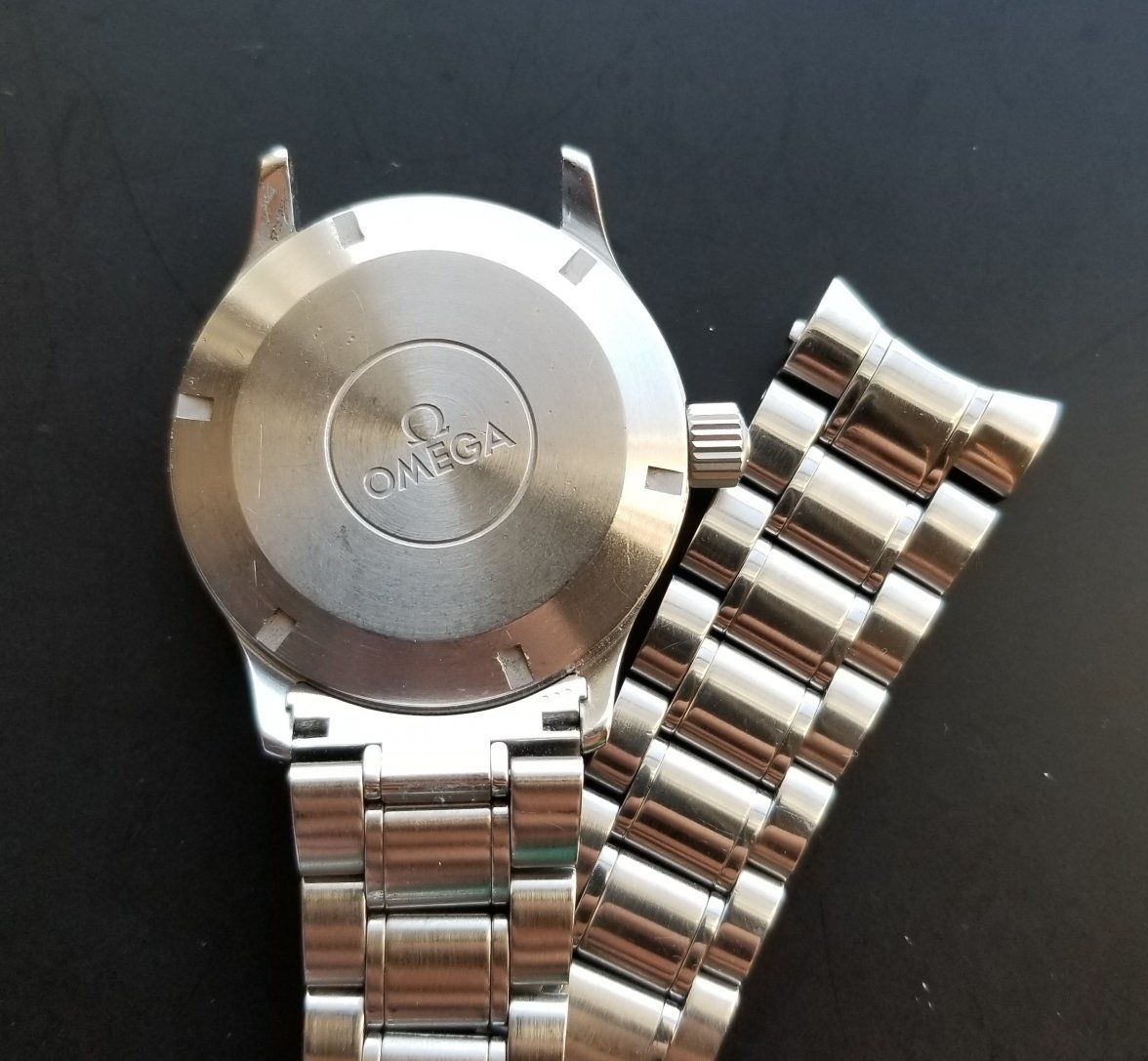
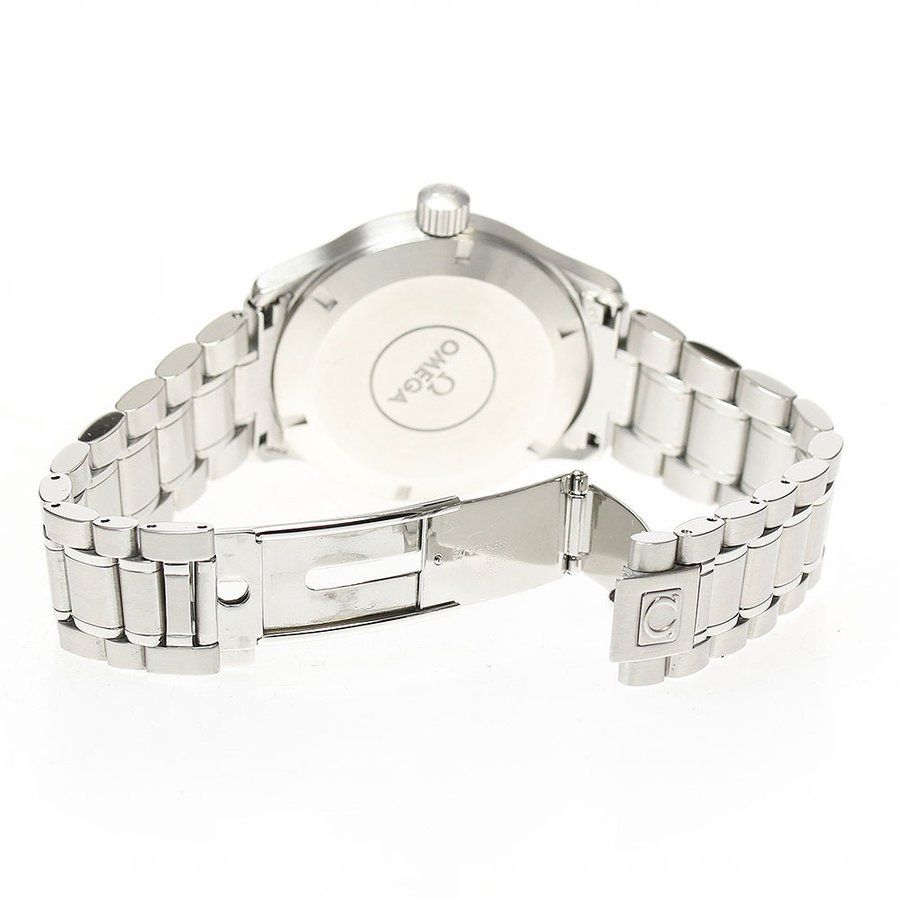
The lugs on the Dynamic III are 19mm wide, and while some can be found on leather strap, the vast majority should come with a bracelet borrowed from the Speedmaster Date & Speedmaster MK40 models with some slight differences. There are subtle variations in these bracelets, with the standard and Broad Arrow versions having a fully matte finished bracelet while the other models have polished inner links. The early models have a stamped micro-adjust clasp while later models feature a fold-over clasp that requires the use of half-links for sizing. Bracelets used are the reference 1570 for early versions with stamped clasp and 1572 for later models with the updated clasp.
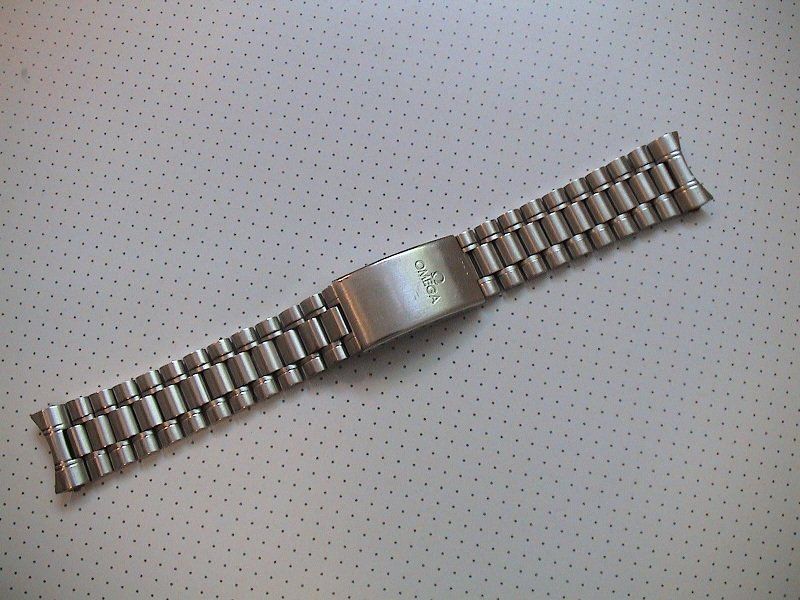
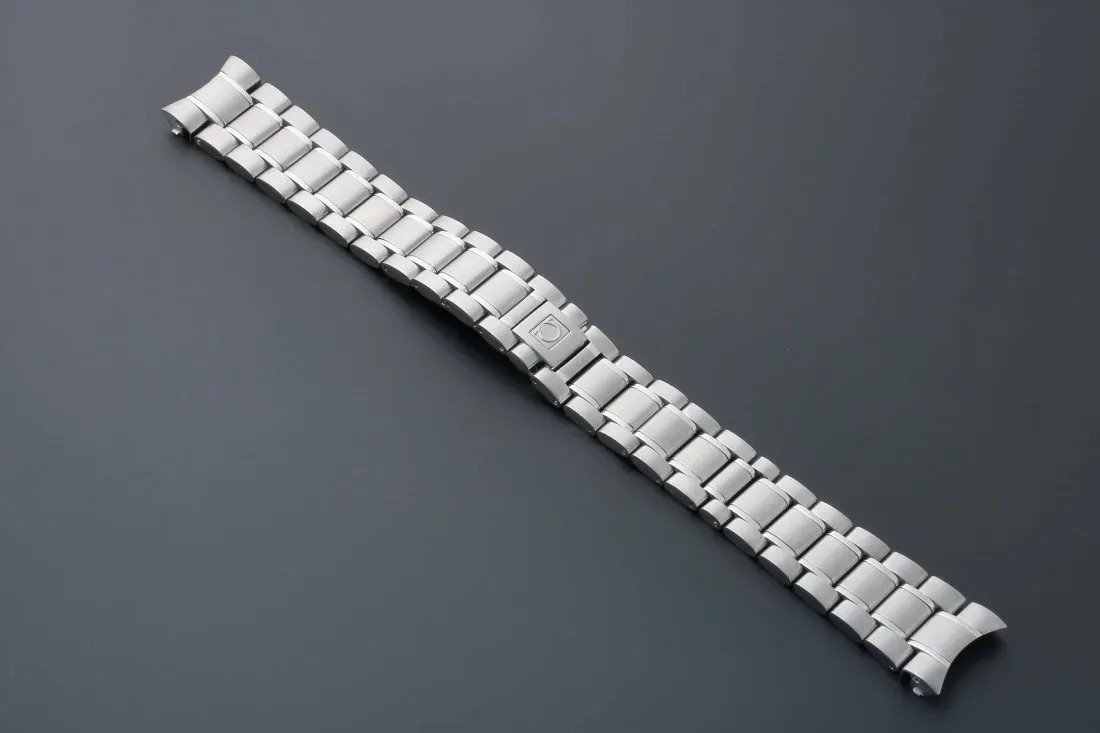
Movement
The movement in the Omega Dynamic III is the Calibre 1108, an extremely durable and highly regarded workhorse movement that Omega used for many years in some of their most successful models of the 1990s.
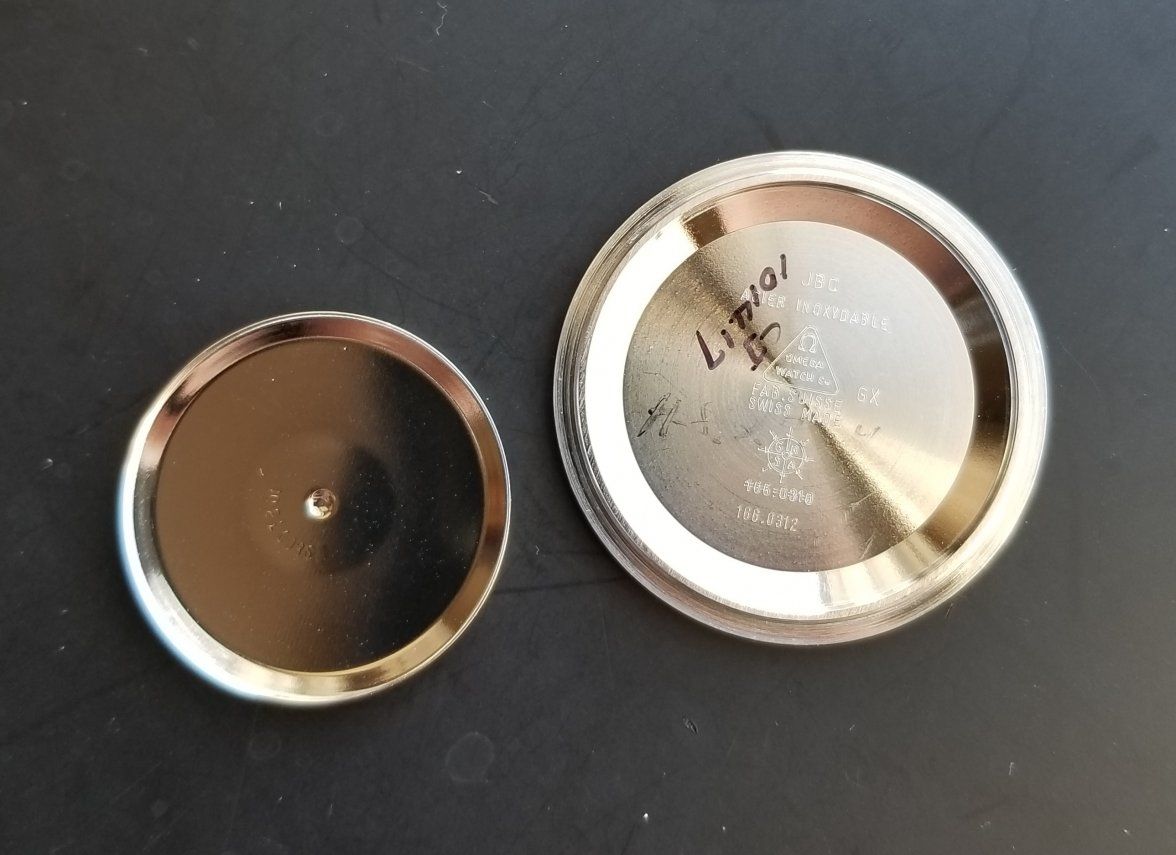
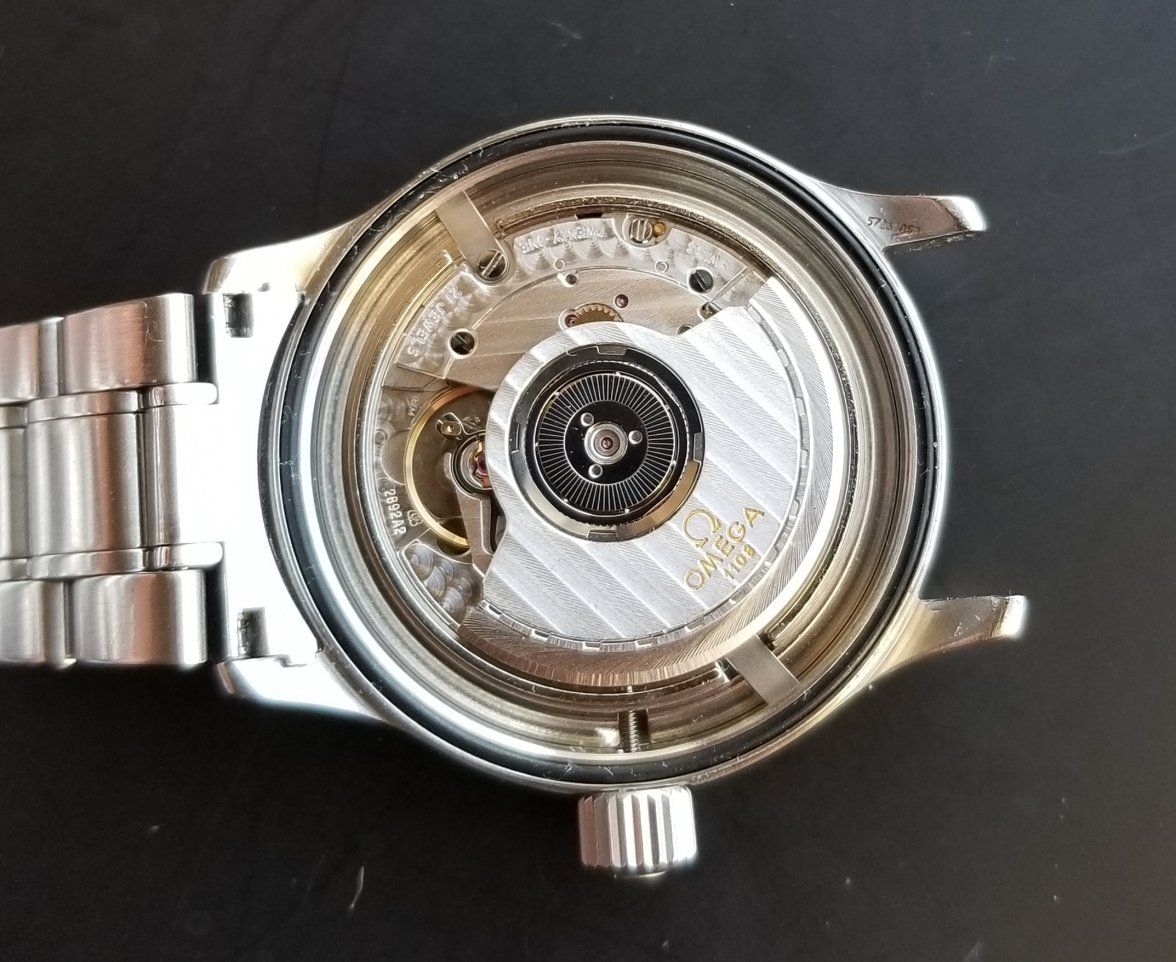
The Calibre 1108 movement is based on the ETA 2892-A2 movement, which explains why it performs so well. This calibre runs at 28,800 vph, has an efficient bi-directional winding system, hacking, quickset date and fits into a very small and compact package at only 3.6mm thick.
While the Calibre 1108 is not chronometer rated, it is virtually identical to the chronometer rated Calibre 1109 found in the Seamaster Pro 300M models and with correct servicing, excellent accuracy can be expected.
Due to the simplicity of the movement, servicing by an independent should be very easy to accomplish and parts will be available for this movement until the end of time given how many ETA 2892-A2 based movements have been produced at this point.
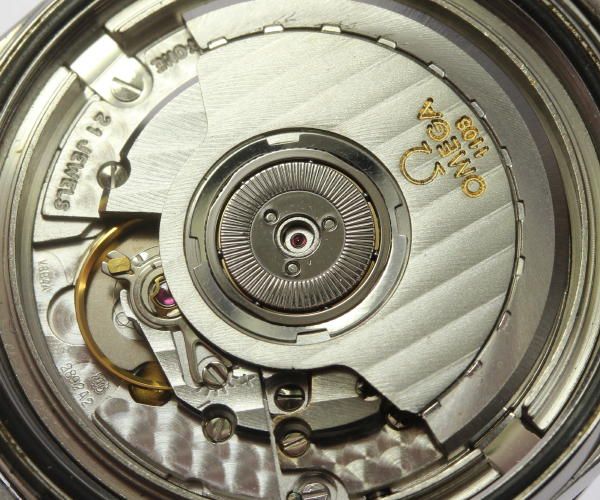
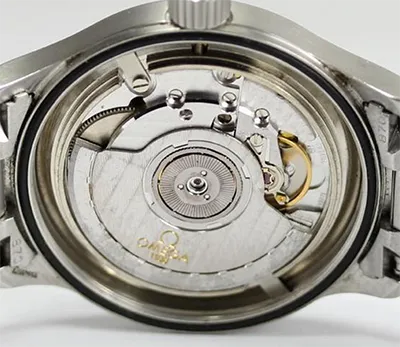
For a durable, reliable and accurate watch that you don't want to have to worry about, and for something that will stand up well to the abuse kids will subject it to, it really is hard to go past this movement.
Standard & Rare Dial Variants
There are in total 8 uniquely different dial designs available for the Omega Dynamic III. Oddly enough, only one of those designs, the 5200.50 below, was produced for sale worldwide.
The 7 exotic dials, which are arguably also the most exciting and desirable models were sold in Japan, and while some have leaked out over the years, the majority of them are still in Japan, where they sold for many years into the early 2000s. The Japanese market has of course seen special models going back as far as the 1950s so it really is no surprise to find yet another batch of very cool and special looking Omegas going there even decades later.
The Standard Dial - 5200.50 & 5250.50
The standard Dynamic III, as sold all around the world is still quite a handsome watch. It leans into Omega's historical back catalog and is heavily influenced by the dial design of a highly desirable hand-wound military watch, the Omega RAF53.
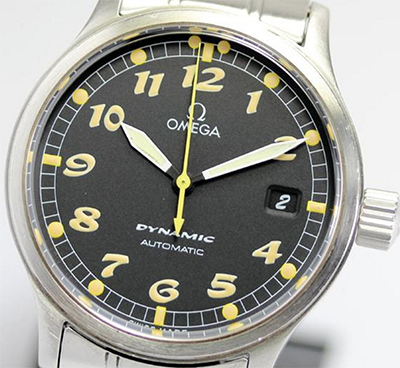
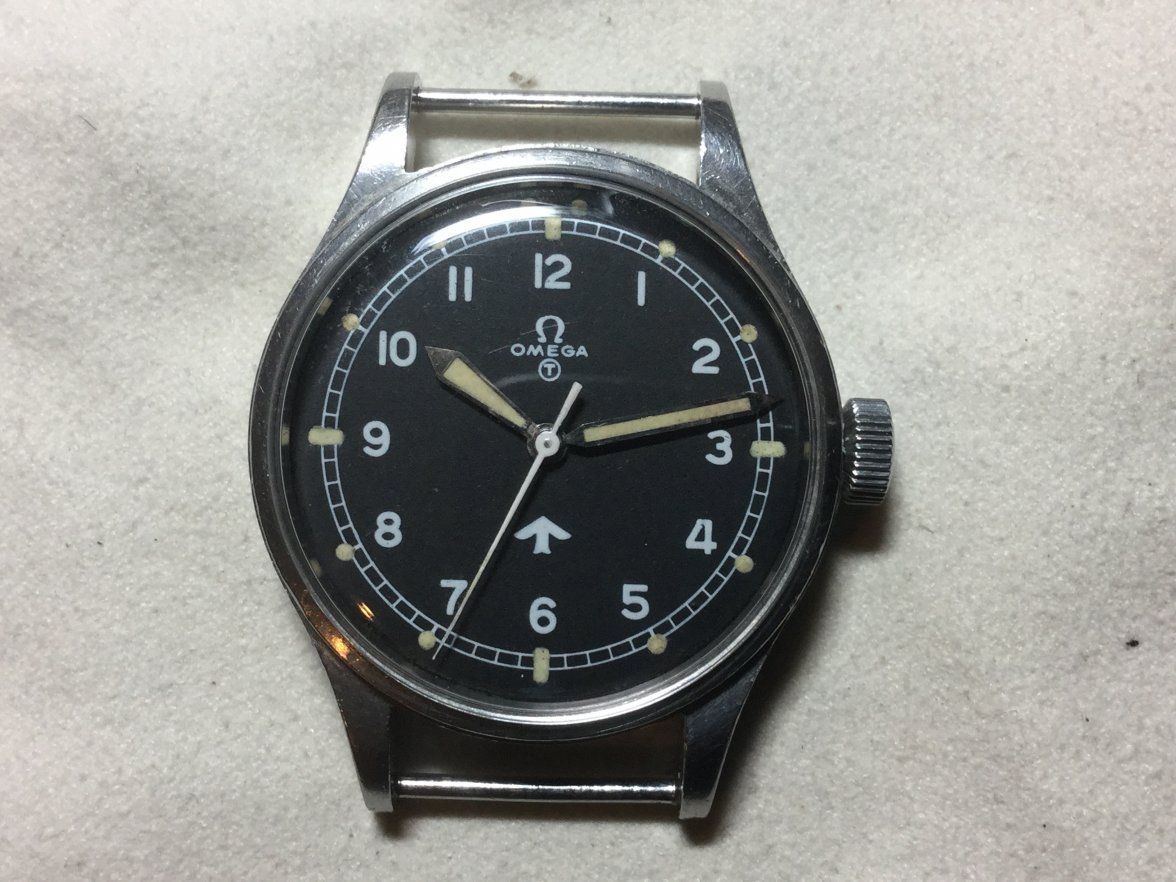
The railroad track style outer seconds markers, as well as the lume, and the Arabic hour markers all mirror the RAF53 design very closely as does the black dial and simple, utilitarian case.
Even the hands are very similar on the Dynamic III, albeit slightly more stylised towards cockpit instruments. It is worth noting that this watch is extremely legible and has a LOT of luminous material, with large glowing hands, glowing hours as well as dots on the outer edge, it really stands out in this respect.
The dial has no applied markers, as most 1990s Omega's did not, and has the Omega logo at the top, and words Dynamic Automatic painted in white against the black dial. As a nice touch, Omega also used a very well matched date wheel which is similarly white text on a black background, and even matches the stylized font of the hour markers on the dial.
The difference between the two references is that 5200.50 is the bracelet model, while 5250.50 is the leather strap version.
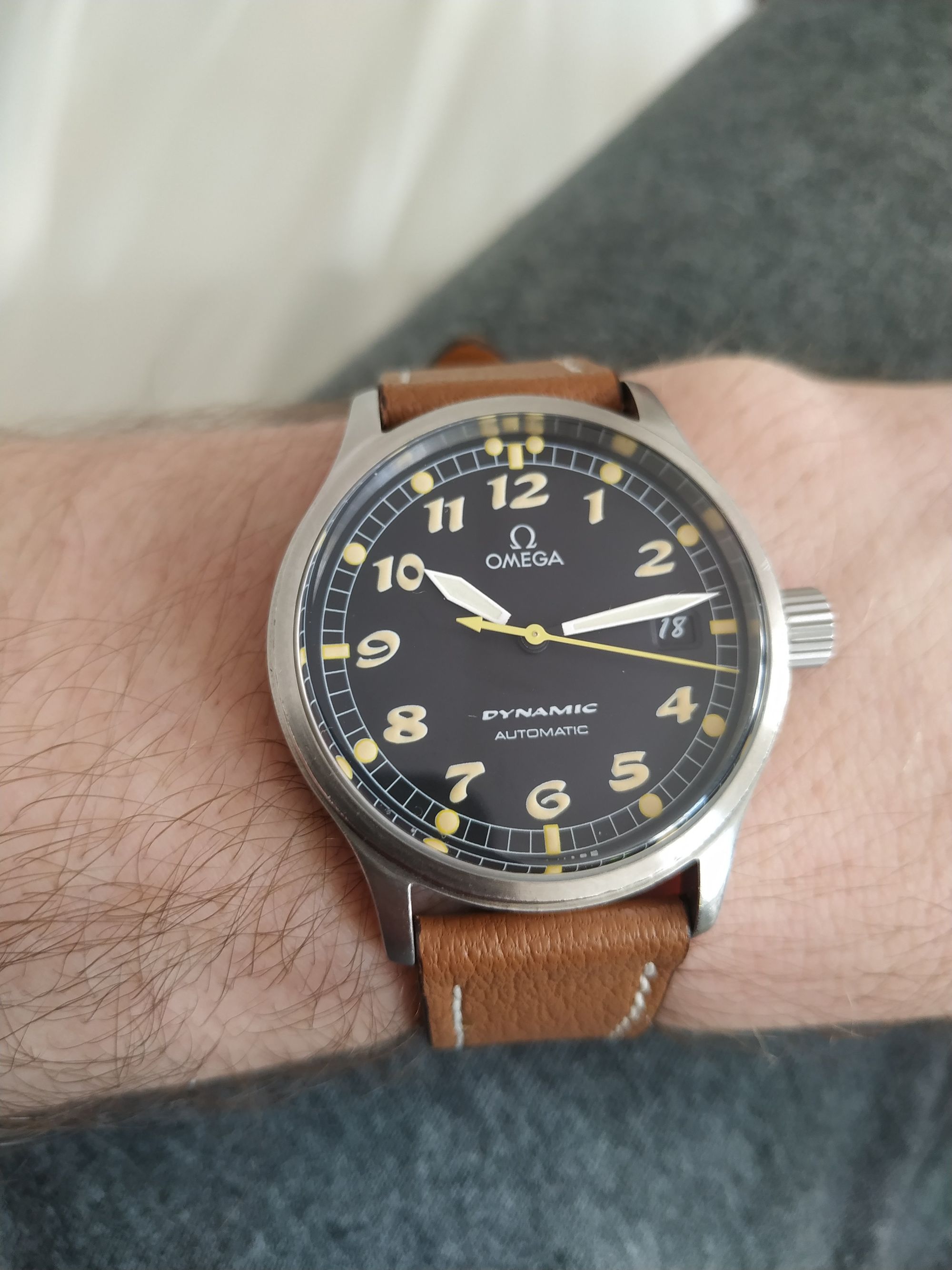
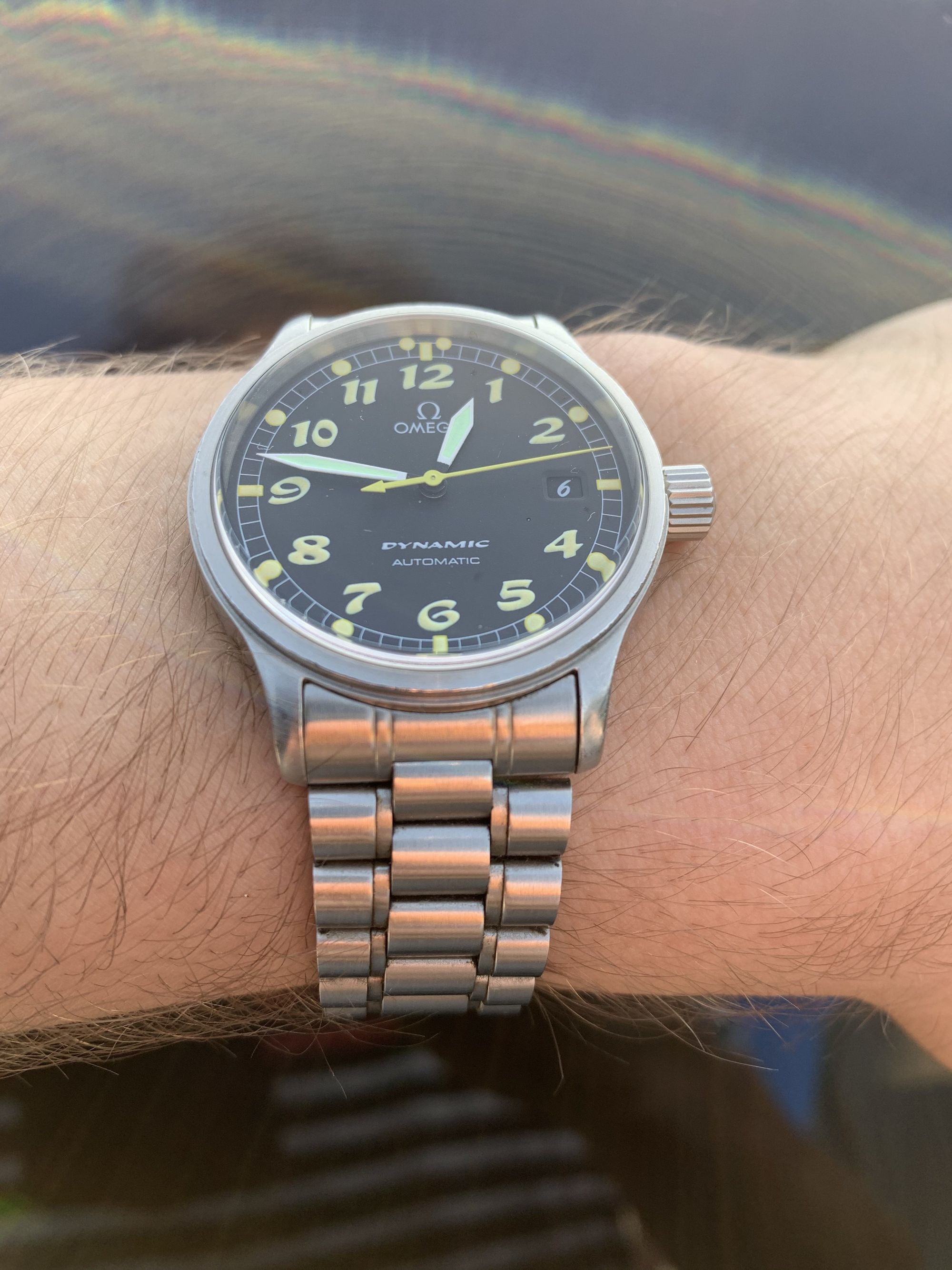
The Broad Arrow - 5202.51
This is the first, and arguable one of the most desirable limited edition models. The 5202.51 or Broad Arrow variant is roughly similar to the standard in that it is also inspired by military watches like the RAF53, but it takes this even further.
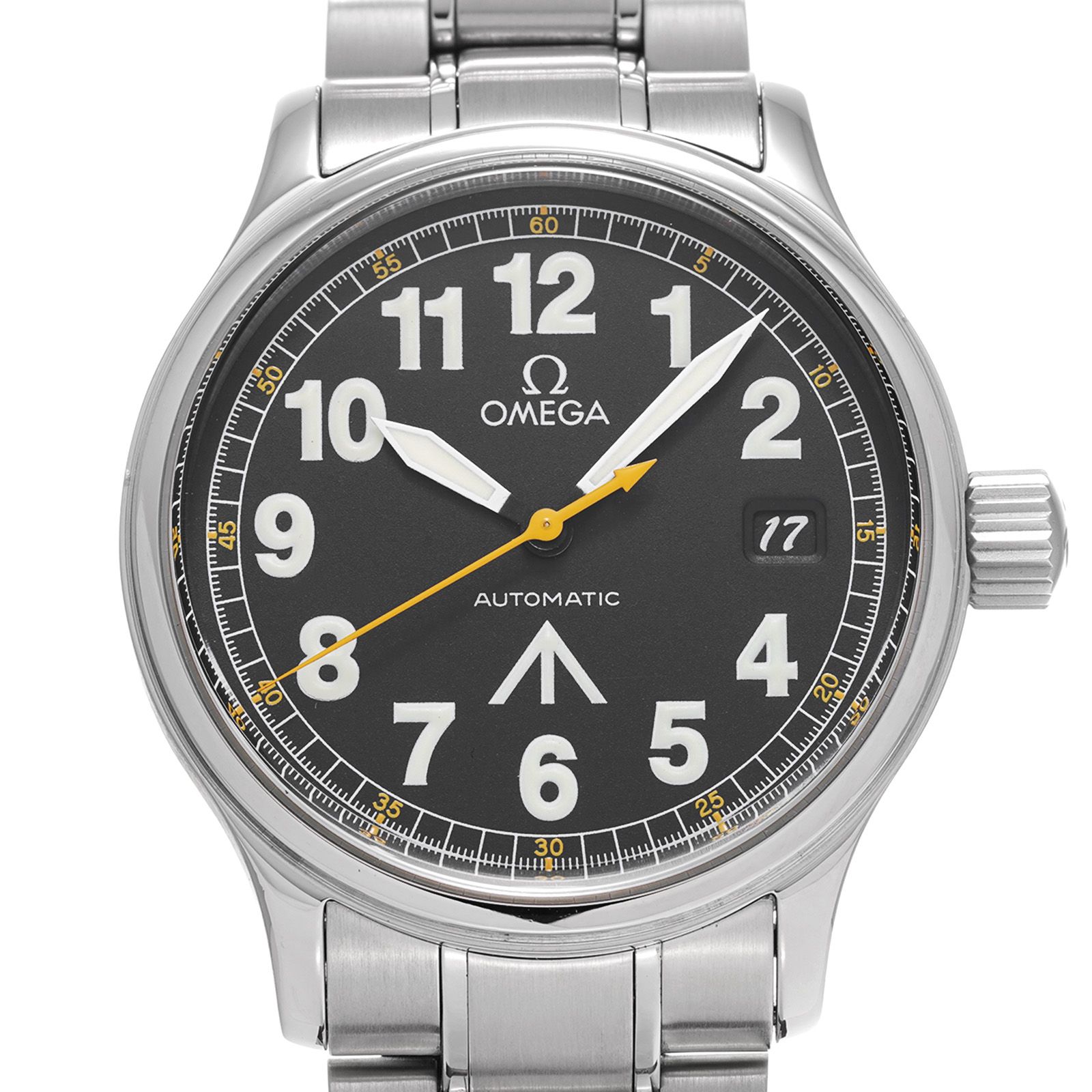
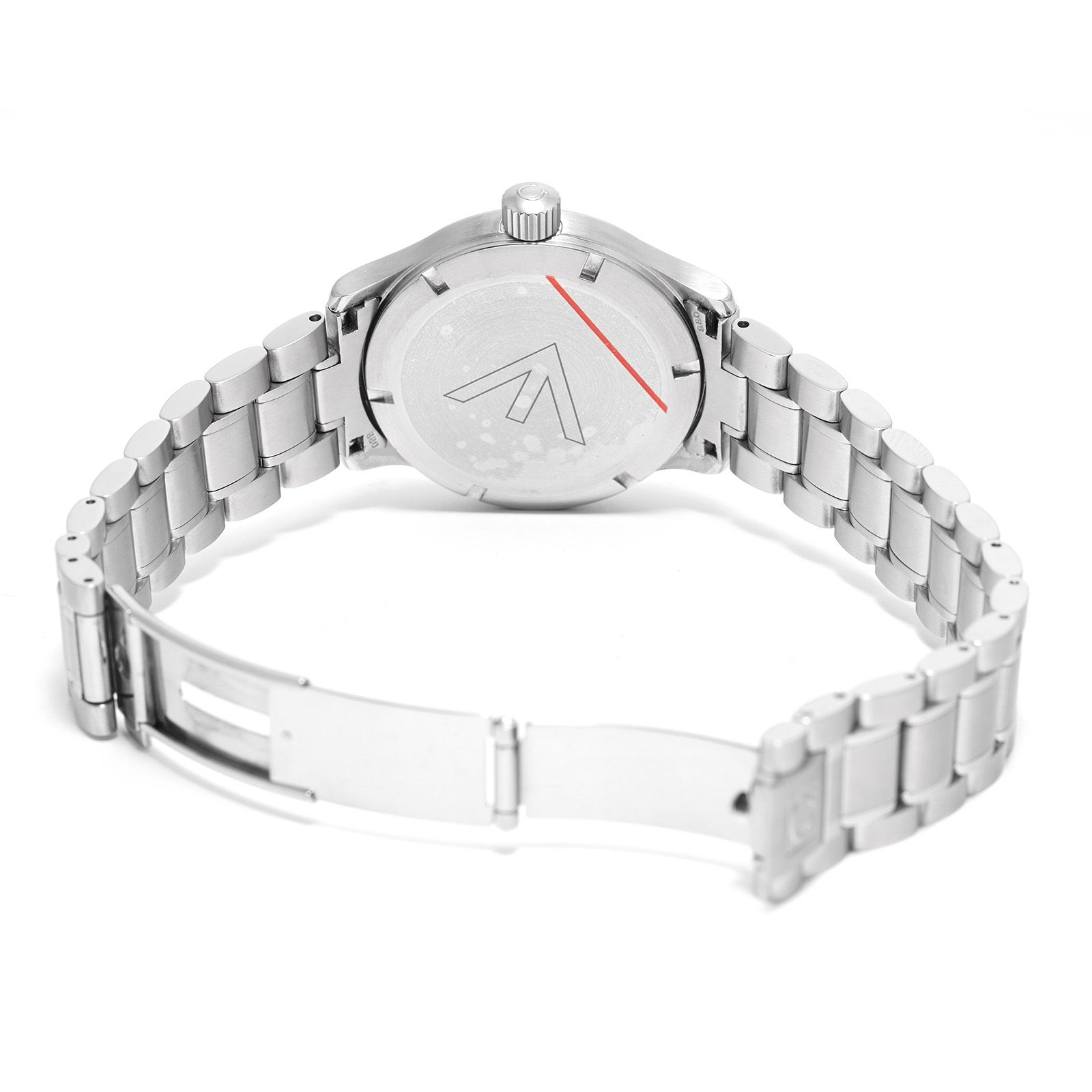
Instead of the stylized font used on the hour markers of the standard dial, the Broad Arrow uses a more no-nonsense serif font, and makes the luminous hour markers even larger. It deletes the luminous material in the outer railroad track ring and replaces them with 5 second indicators in yellow, matching the color of the second hand.
Finally, the 5202.51 omits the word Dynamic from the dial entirely, instead simply having the word Automatic above a large and prominent broad arrow mark. This is really the key feature and theme of this watch. It doesn't stop on the dial either, as the back of the Broad Arrow Dynamic III does not carry the Omega logo but rather features a giant engraved and black filled broad arrow mark here again.
All of this leads to people speculating that these watches were issued to military end-users, but there is absolutely zero evidence to indicate this at all. These watches were sold in boutiques and department stores to collectors and the broad arrow marks along with the military styling were present for one reason.
Because it looks cool. Which is a perfectly fine reason. I'd love to own one.
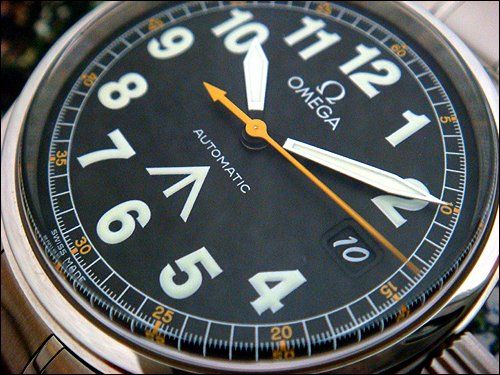
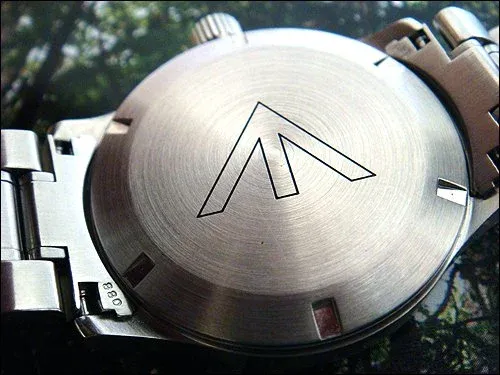
The Waffle Dials - 5203.51 (Black) & 5203.81 (Electric Blue)
The waffle dials are three dimensional dials with a lot of detail and depth to them, a modern tribute to the similarly cut waffle dials of 1950s Seamasters. These dials share nothing with the standard Dynamic, and do not bear any Dynamic markings.
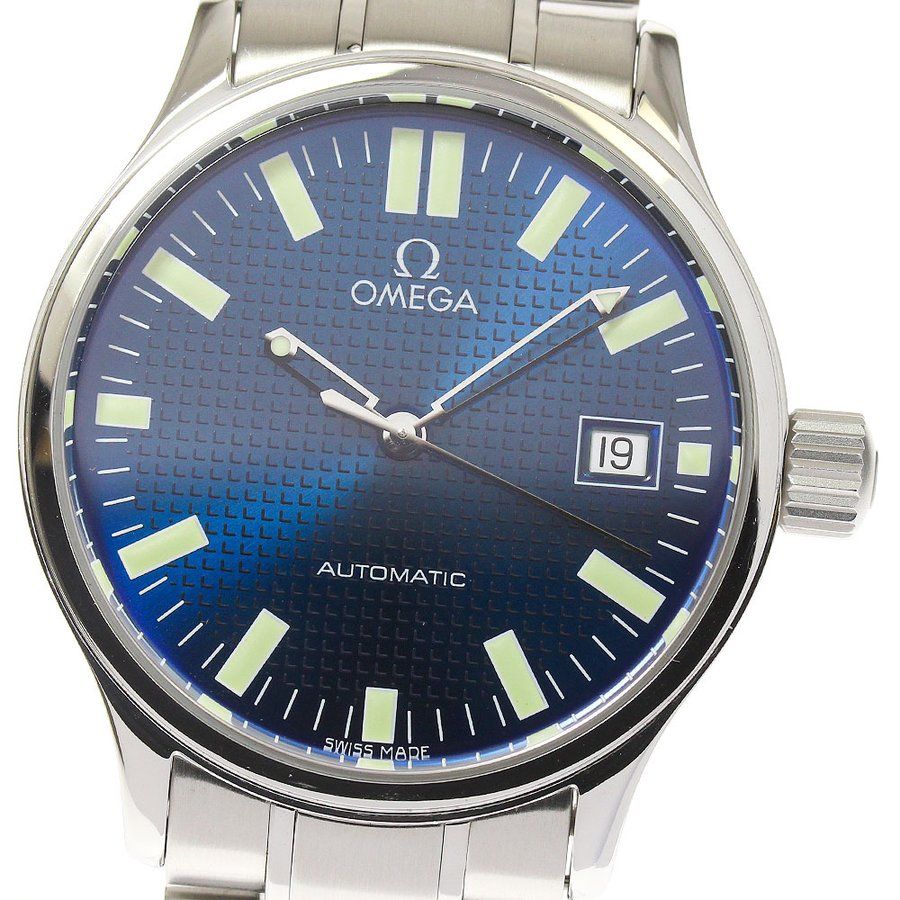
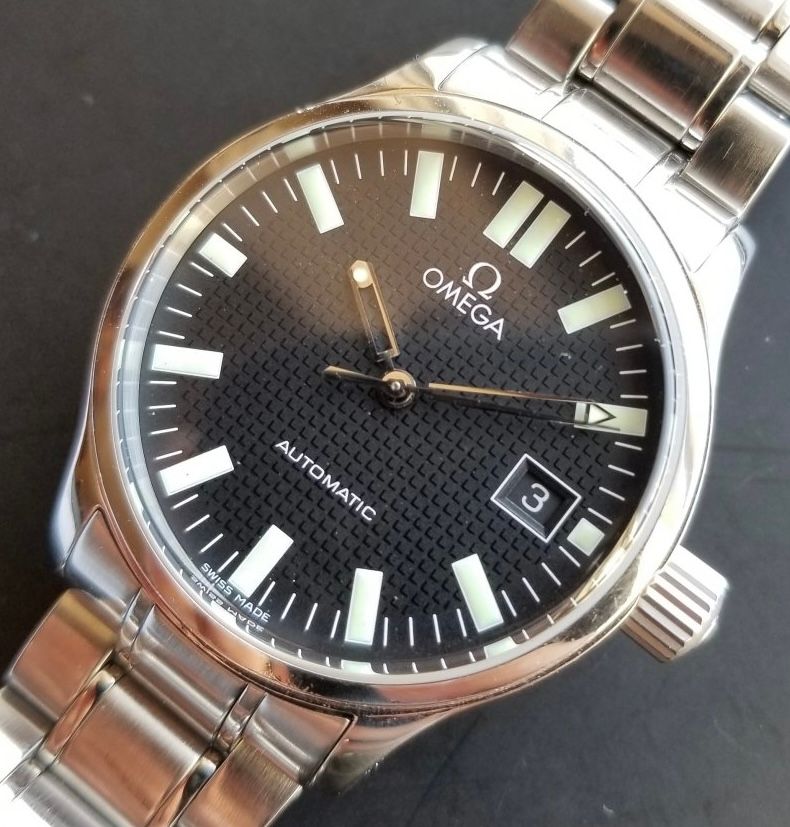
The lume is very simple, rectangular plots of luminova are used at all 12 hour markers and simple painted seconds hashes are printed on the outer edge between them. The dial has Omega at the top and automatic at the bottom printed in white paint and has a black date wheel with a regular font on the black dial, and a white date wheel on the electric blue dial.
The hands on these models are borrowed from the Seamaster 120M series, and are skeleton hands, allowing more of the beautiful dial texture and metallic reflections beneath to be appreciated.
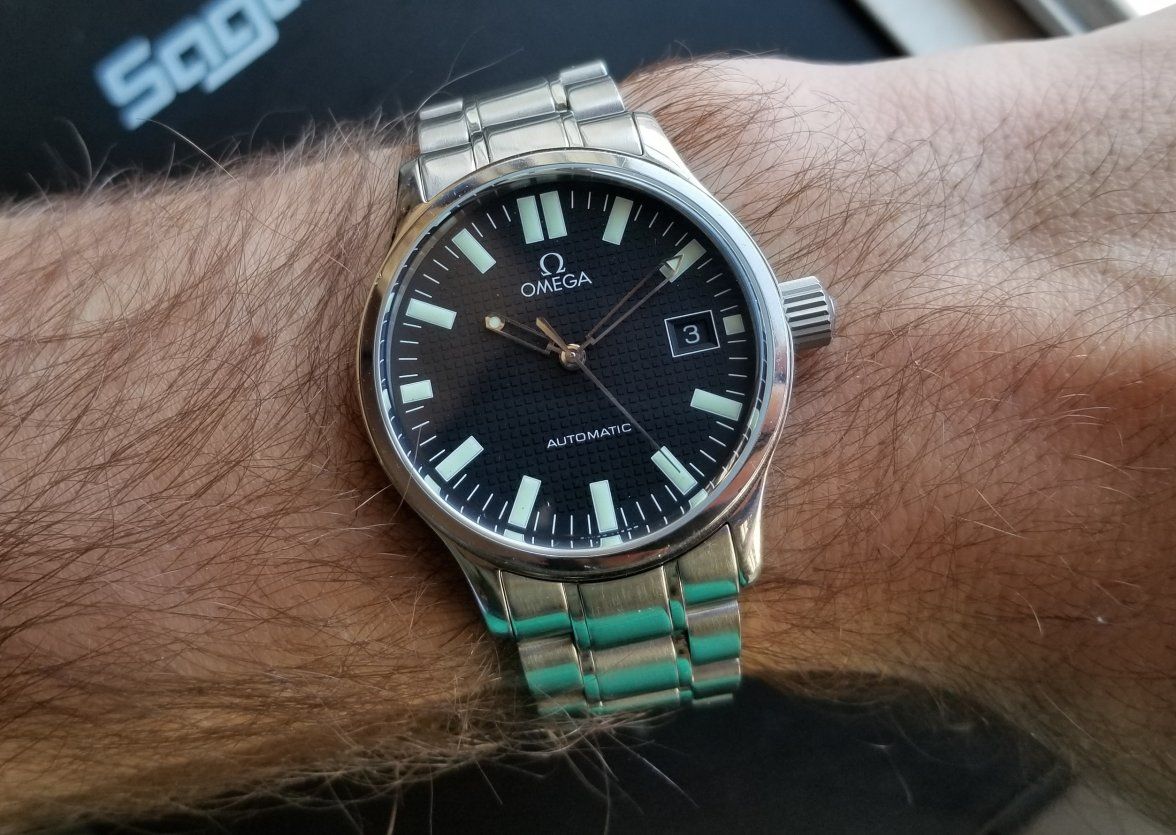
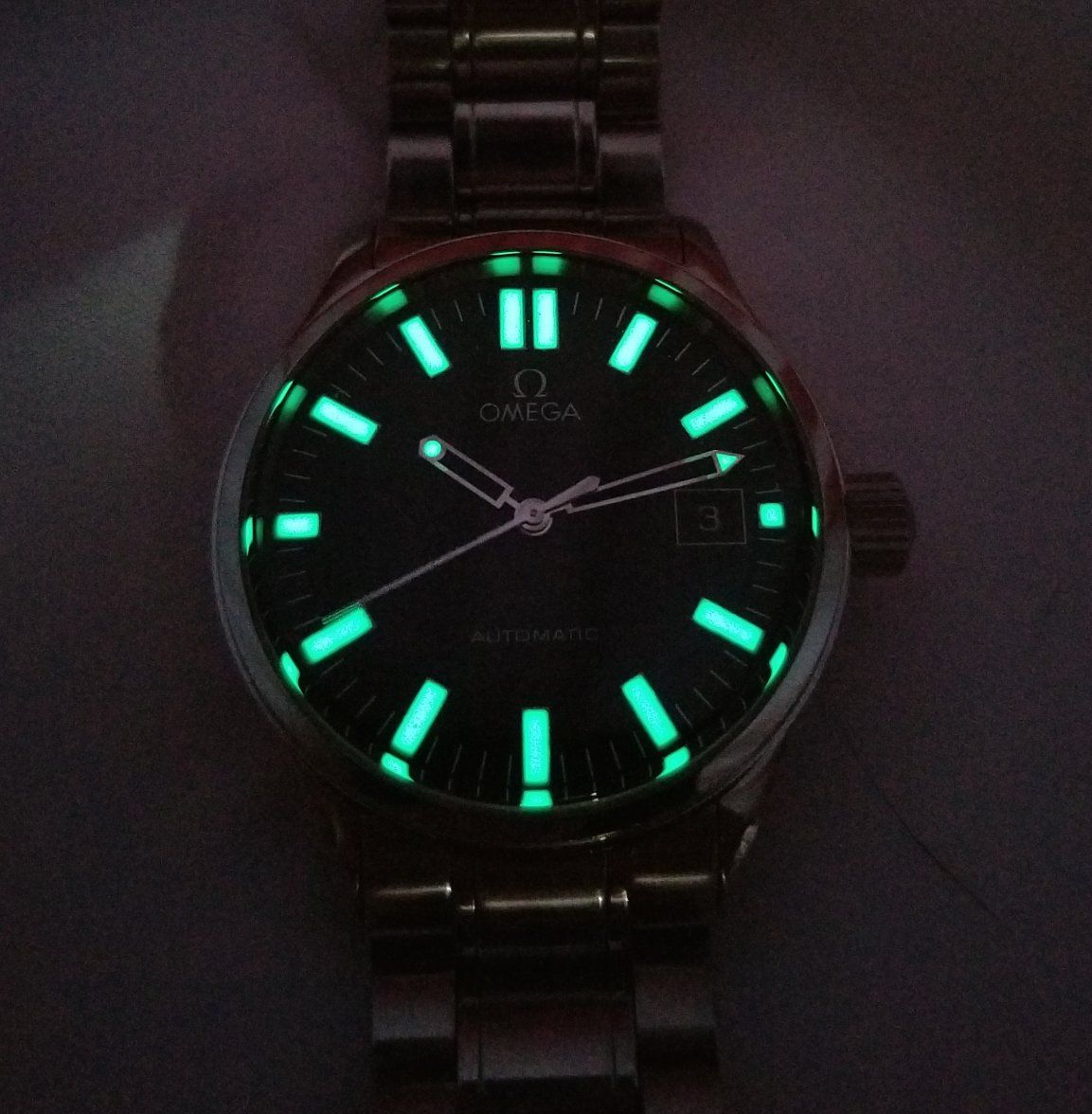
The colors used, are incredibly deep and vivid, dancing in the light and creating patterns shapes and textures as they coat the peaks and valleys of the waffle-like surface of the dial. The electric blue is the same color used on the much loved Seamaster Pro 300M Electric Blue model, while the black is more subtle but still a very attractive color with a great personality.
The Technical Dials - 5203.50 (Matte Black) & 5203.80 (Deep Blue)
The two technical dials are definitely less common than the other dials to a decent extent. The highlight of these dials is the dial furniture, which is surprisingly applied with luminous material atop it. This is a style Omega switched to in the early 2000s with the 2220.80 and 2225.80 Seamaster Pro 300M models, but was not otherwise seen this early. Even more unusual is how small and narrow these hour markers are, similar to Rolex GMT-Masters and Submariners of the 1960s which were referred to as nipple dials.
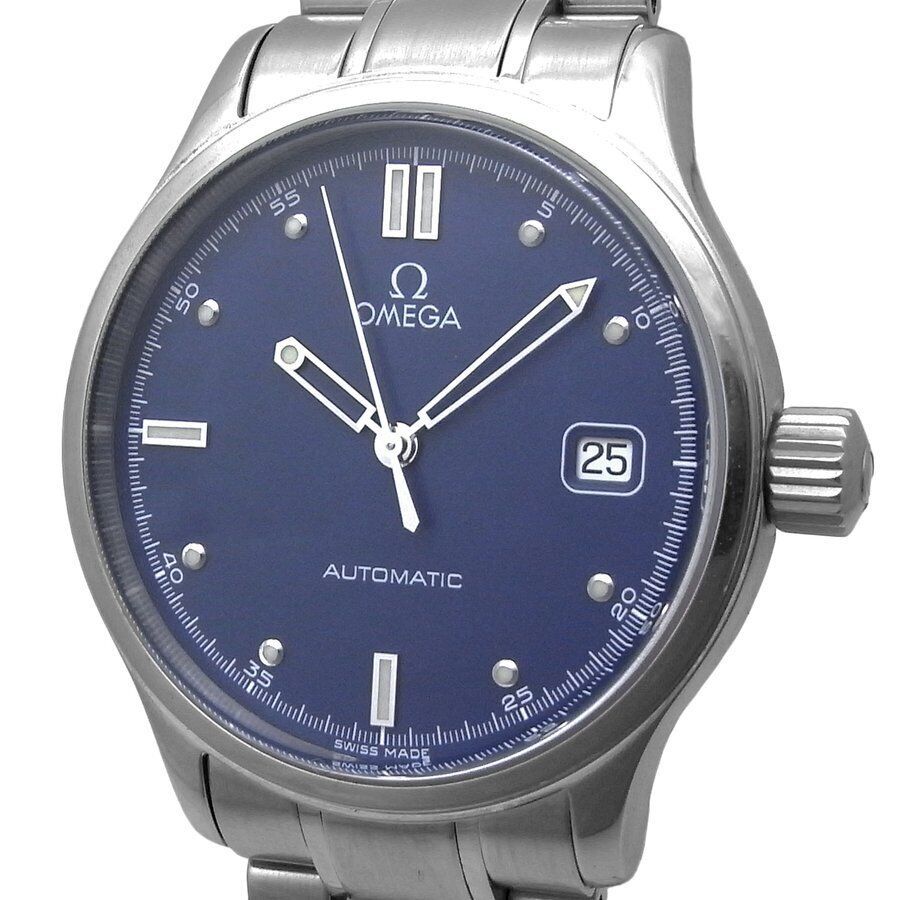
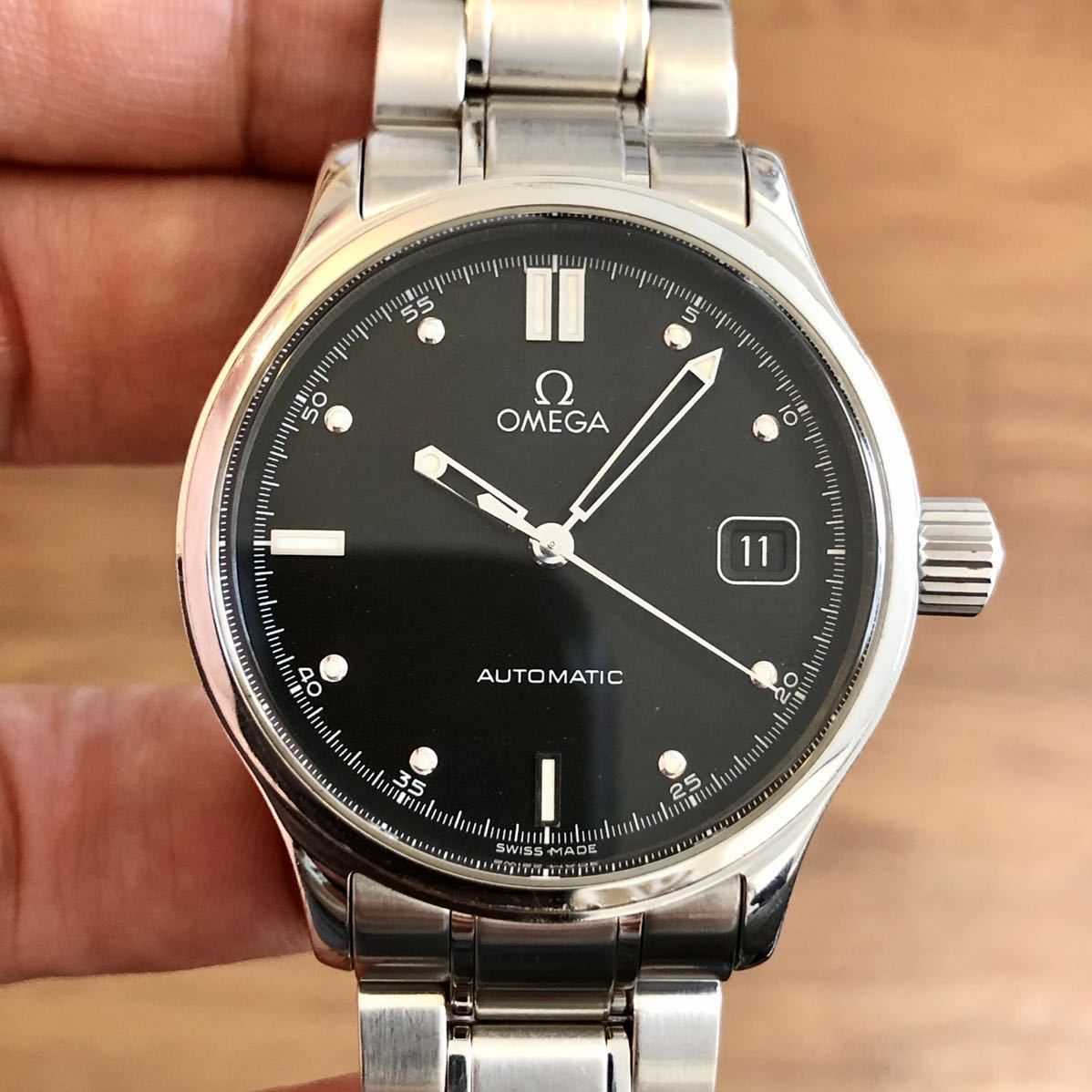
These models do not display the Dynamic markings on the dial, having Omega and Automatic painted in white again, and feature a more complex, sub-seconds track around the outer edge of the dial. The deep blue variant (5203.80) is a rich glossy blue dial with a white date wheel, while the matte black variant (5203.50) is entirely matte black, looking almost grey from certain angles, with a black date wheel.
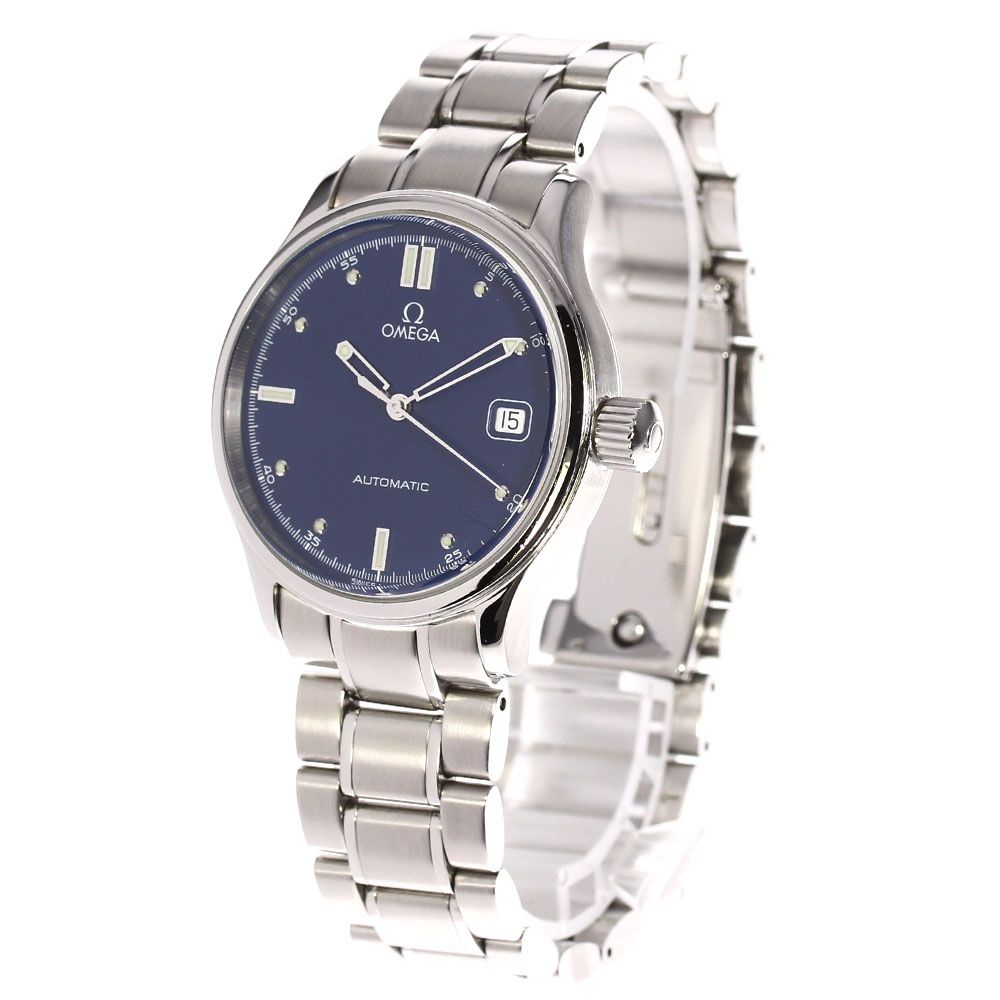
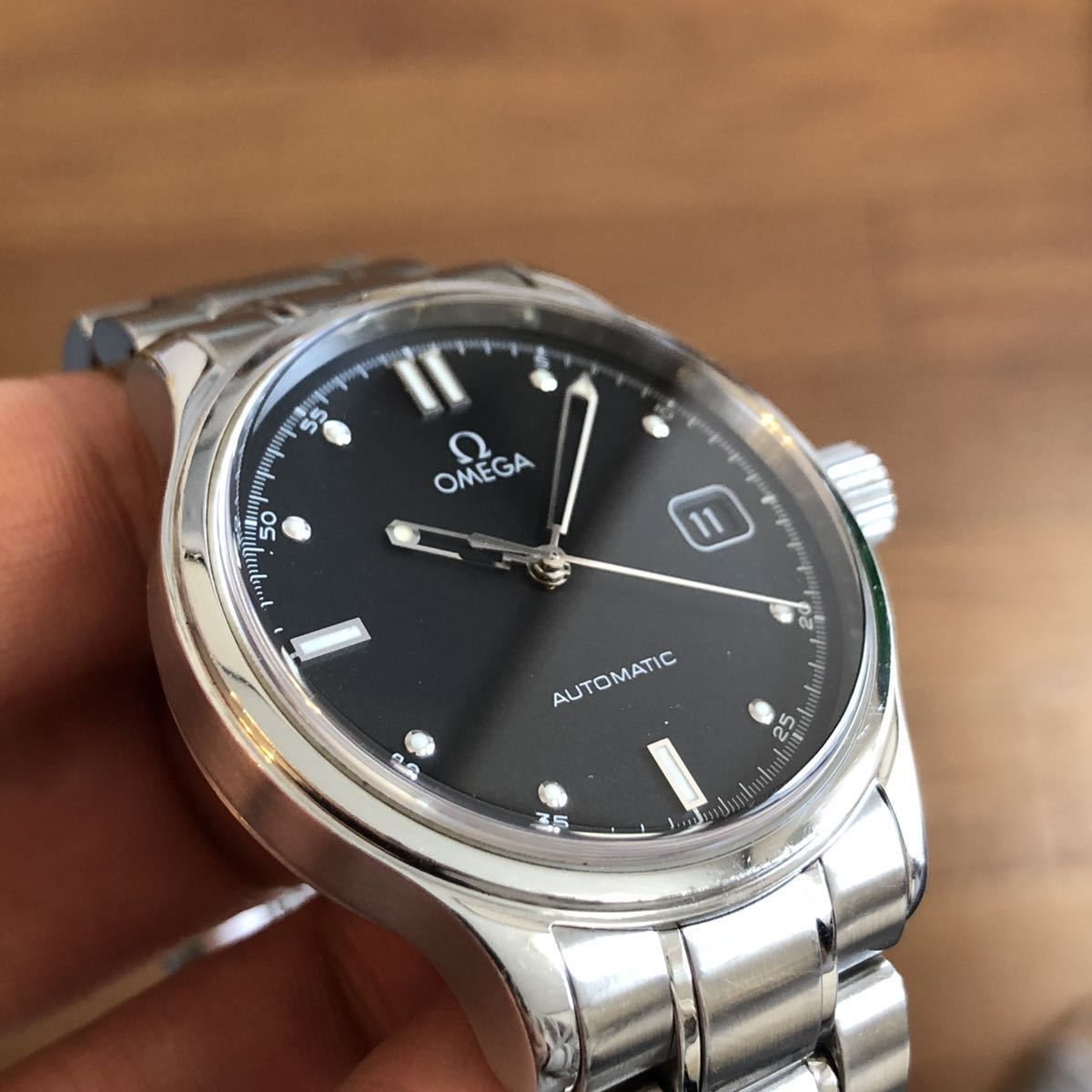
These models use the same Seamaster 120M style hands as the waffle dials and have quite a bit less luminous material than the other models.
The Classic Dials - 5203.30 (Starburst Silver) & 5203.20 (Gloss White)
These two final dials are very different again, with a more elegant dress watch look. The hour markers are applied metal, and quite small, not really resembling much else in the world of Omega. Each of these hour markers has a small square luminous plot on the outer edge of it, with painted black seconds hashes between them.
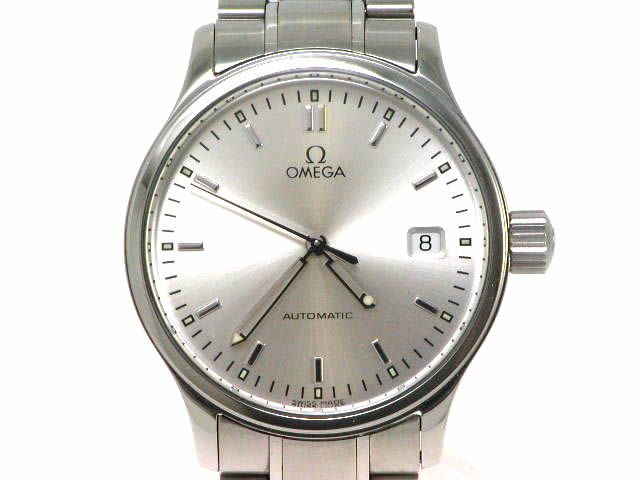
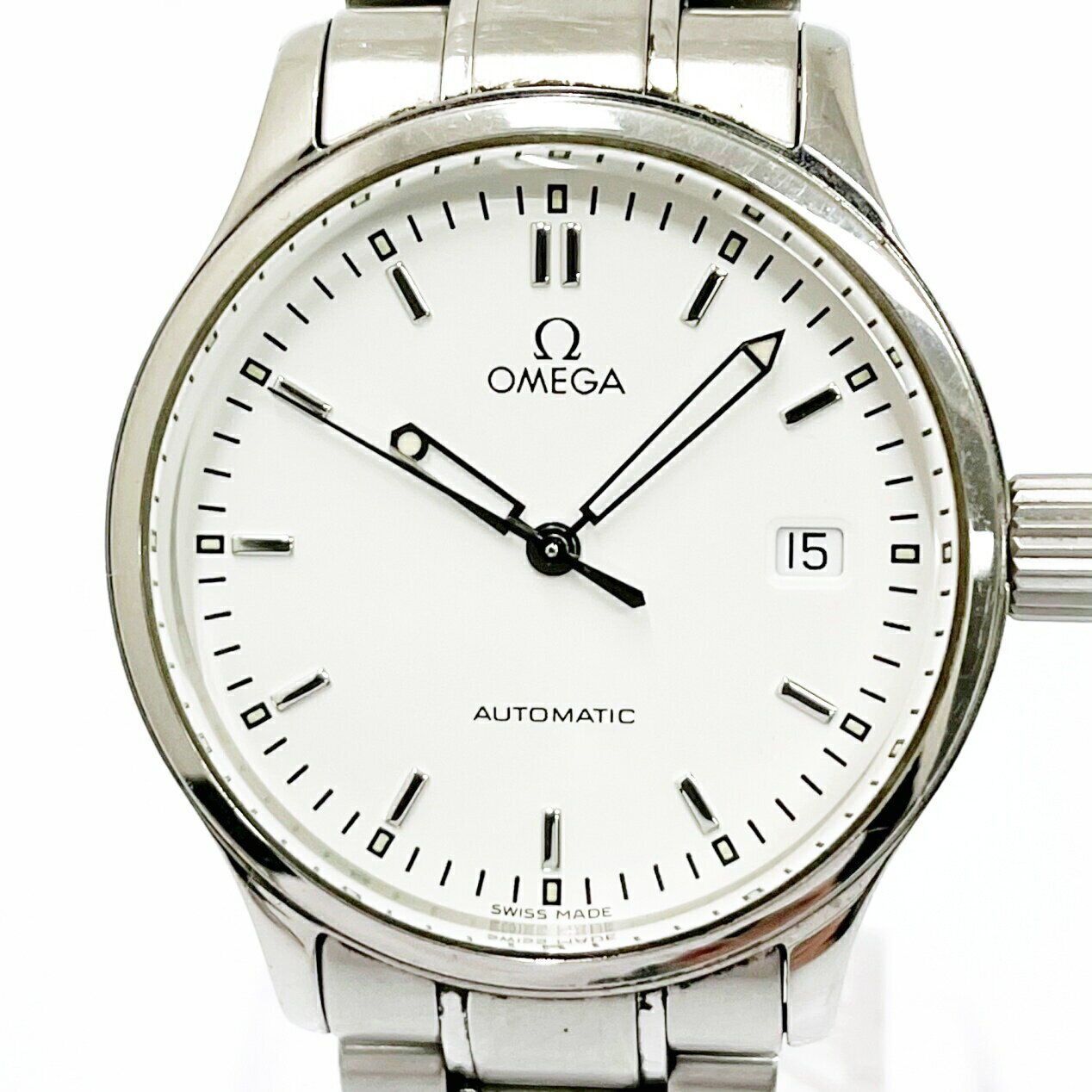
Once again there are no dynamic markings and this time and due to the light colored dials, the text for Omega and Automatic is printed in black for contrast.
The white dial is a glossy smooth finish, which makes the dial furniture appear to float on it like ice, quite attractive and interesting for something so simple. The silver dial is a metallic starburst texture, something Omega has produced since the 1950s, and catches the light quite brilliantly.
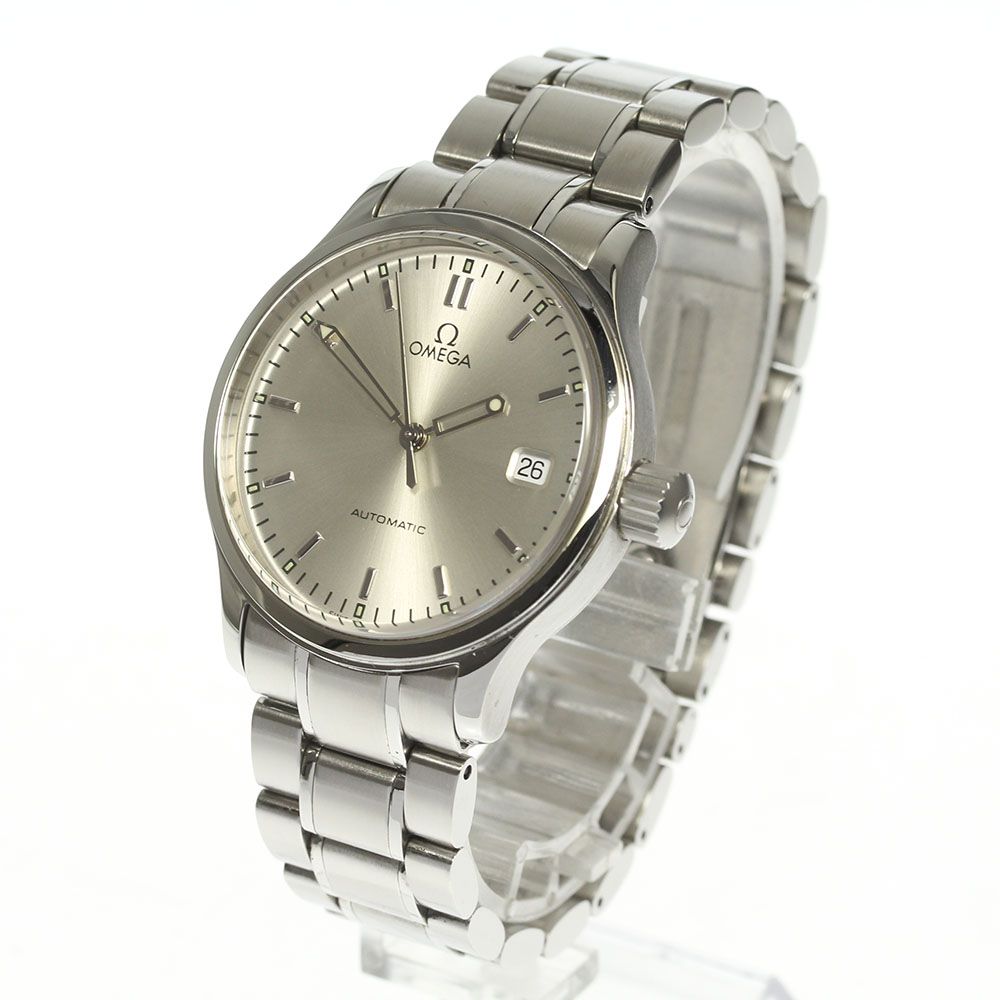
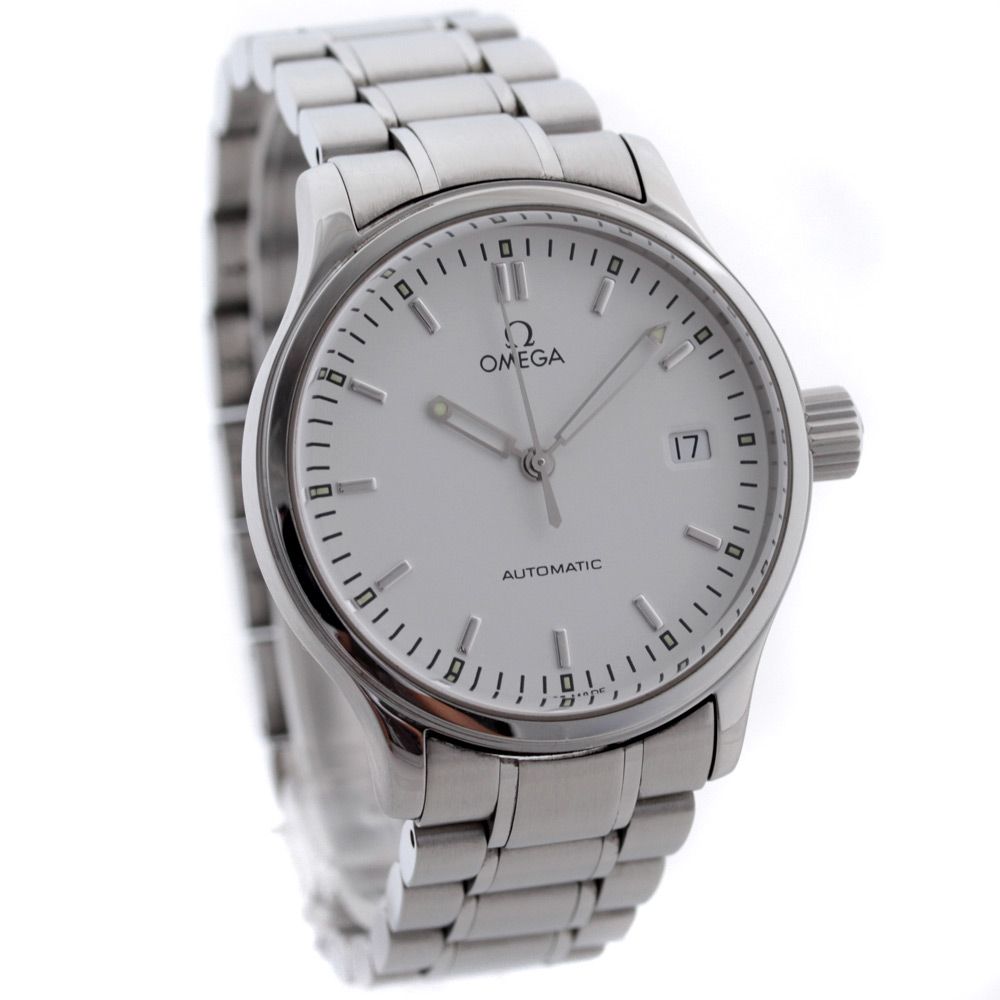
As with the previous models, this dial uses Seamaster 120M style skeleton hands to show of as much of the dial as possible, and it really is quite a good fit.
Buying
These watches are often mislabeled, often poorly described, and often misunderstood so its important to do your research and know exactly what you are after and what specific reference number you are looking for before you start.
The standard models are cheap, often about $1,000 or less with bracelet, and can be found everywhere if that is what you're after. If you find one going no reserve on eBay, that will almost always be the best deal, and definitely give a hard pass to any high prices being asked on what is a very common and simple watch.
The early models are likely to have quite dark lume that doesn't glow which is tritium while later models will have luminova, it's a matter of personal preference which you like. The Japanese special models came later than the original and seem to be nearly all luminova.
The Japanese models are often available on eBay through a variety of Japanese sellers and conveniently they tend to cost almost the same as the standard model with only the Broad Arrow carrying any real premium. If you see a model from Japan that you have your heart set on, the absolute best approach is to try to buy one out of Japan. This might require a Japanese friend, learning some Hiragana, or careful use of google translate but it really is worth doing as there are just so many of these waiting to be bought in the land of the rising sun.
There are several dealers that have made a decent bit of money by importing a lot of these to Australia and the US, calling them rare, saying the Broad Arrows are military watches and so on. Its best to ignore them and get these straight from the source.
The value of the bracelet is several hundred dollars so any watch on strap should come with a significant discount.
At their price point, these watches are a great option for first time mechanical watch buyers, a cool sports watch for ladies, and great for young adults. As a gift to a son or daughter to teach them some responsibility before they try a more costly watch as an adult, these really do make a particularly excellent choice due to their ruggedness and durability. Even for yourself, the LE models in particular are very much worth a look.
Discussion thread on Omegaforums can be found here:
